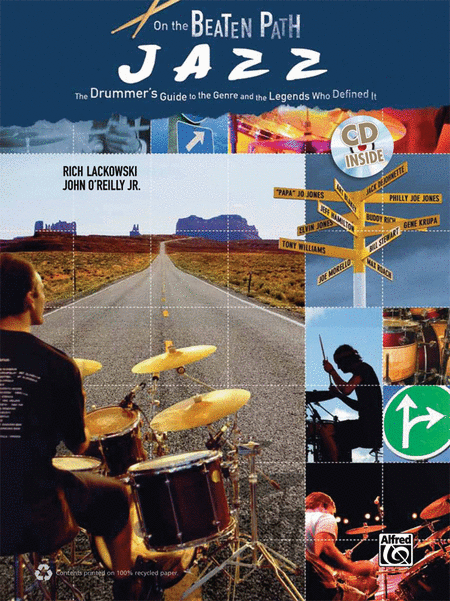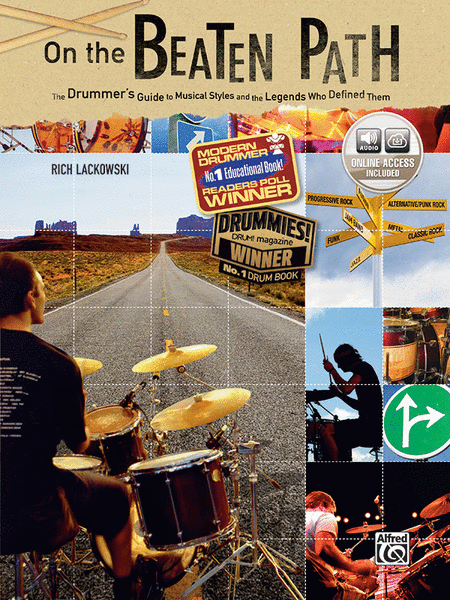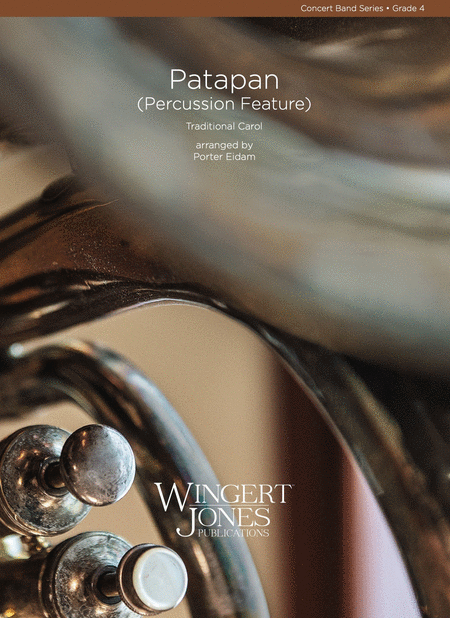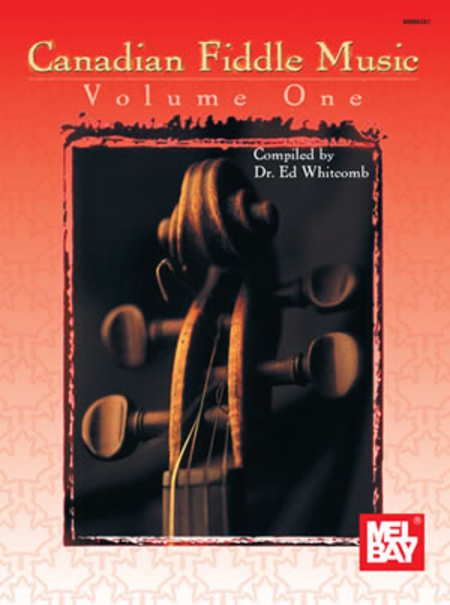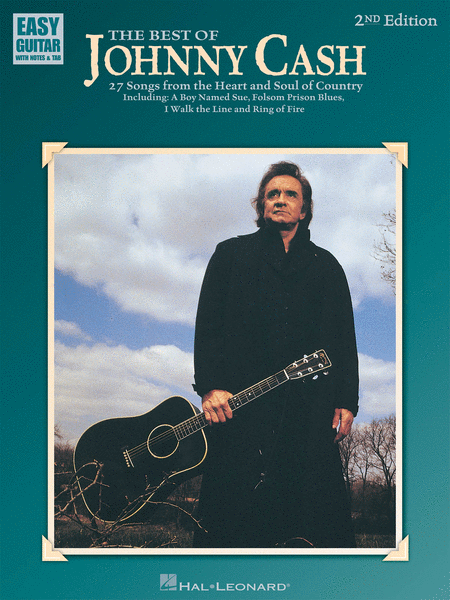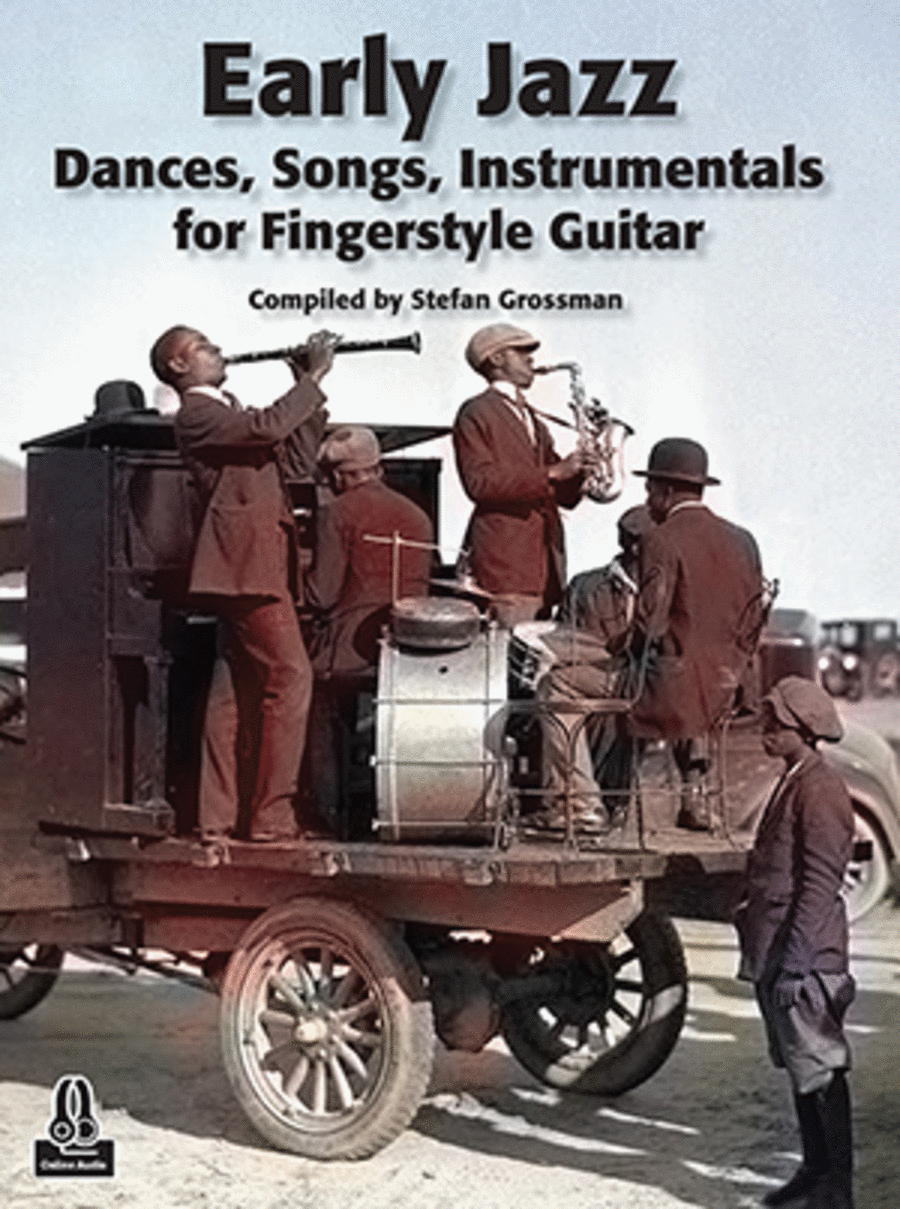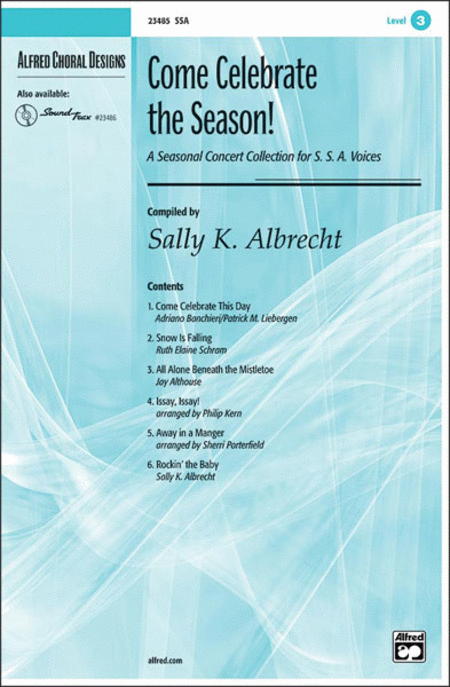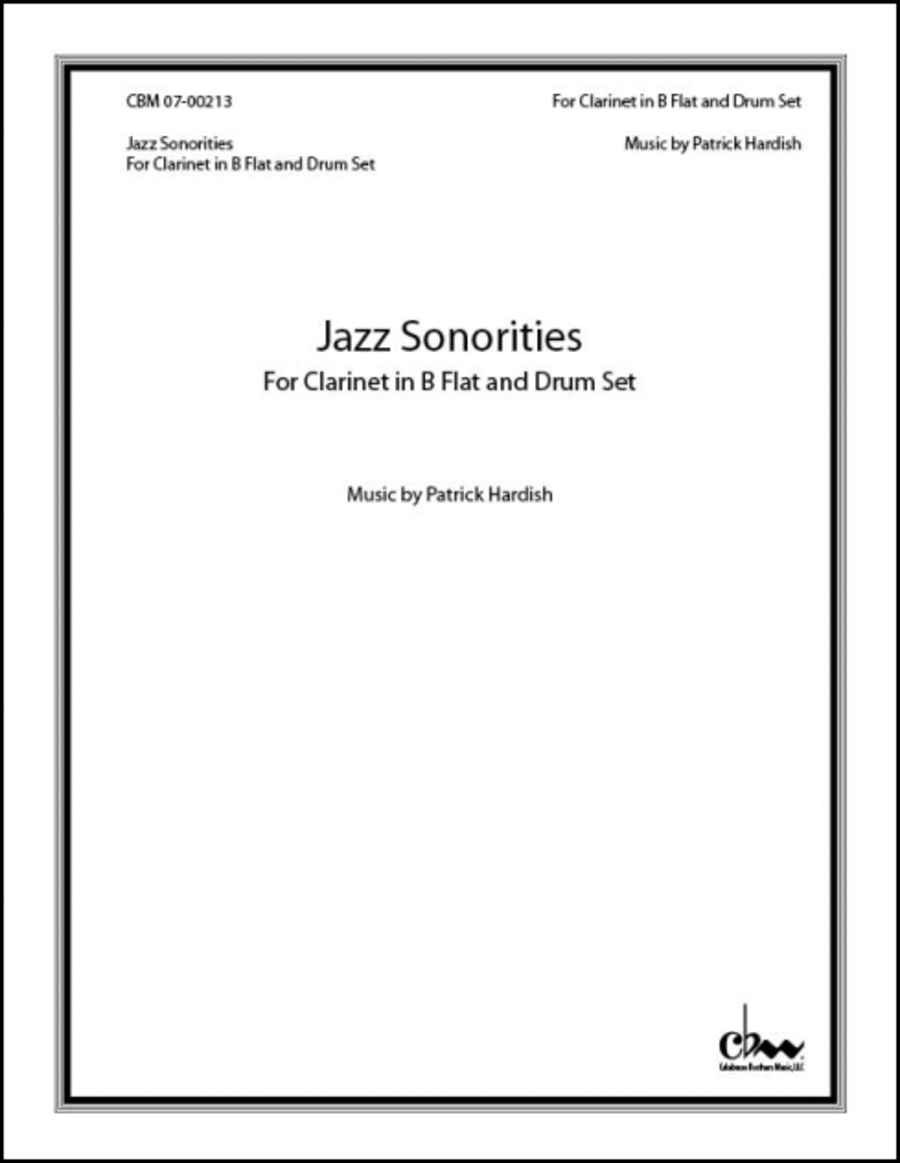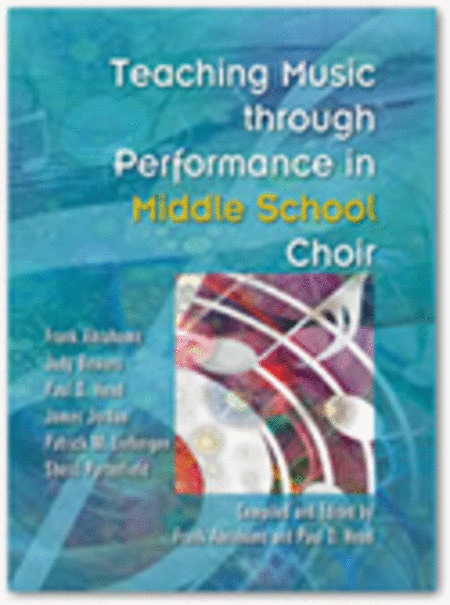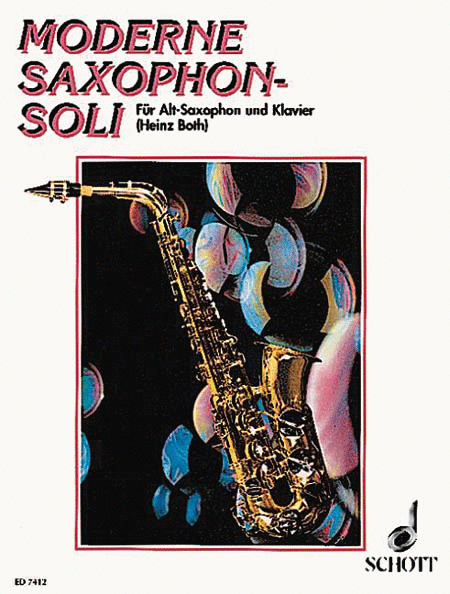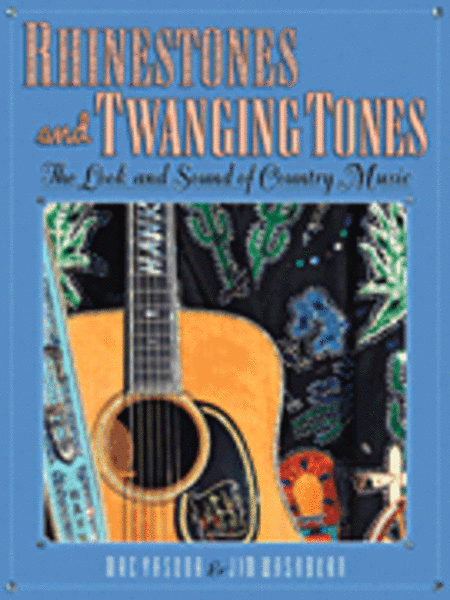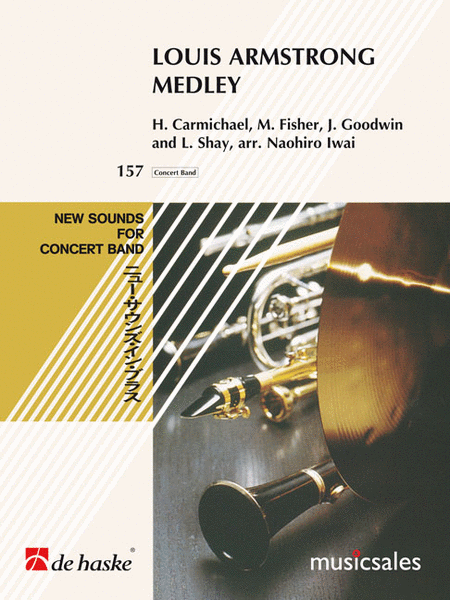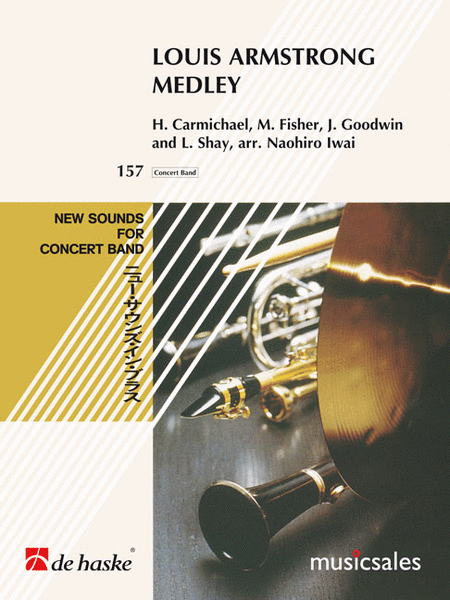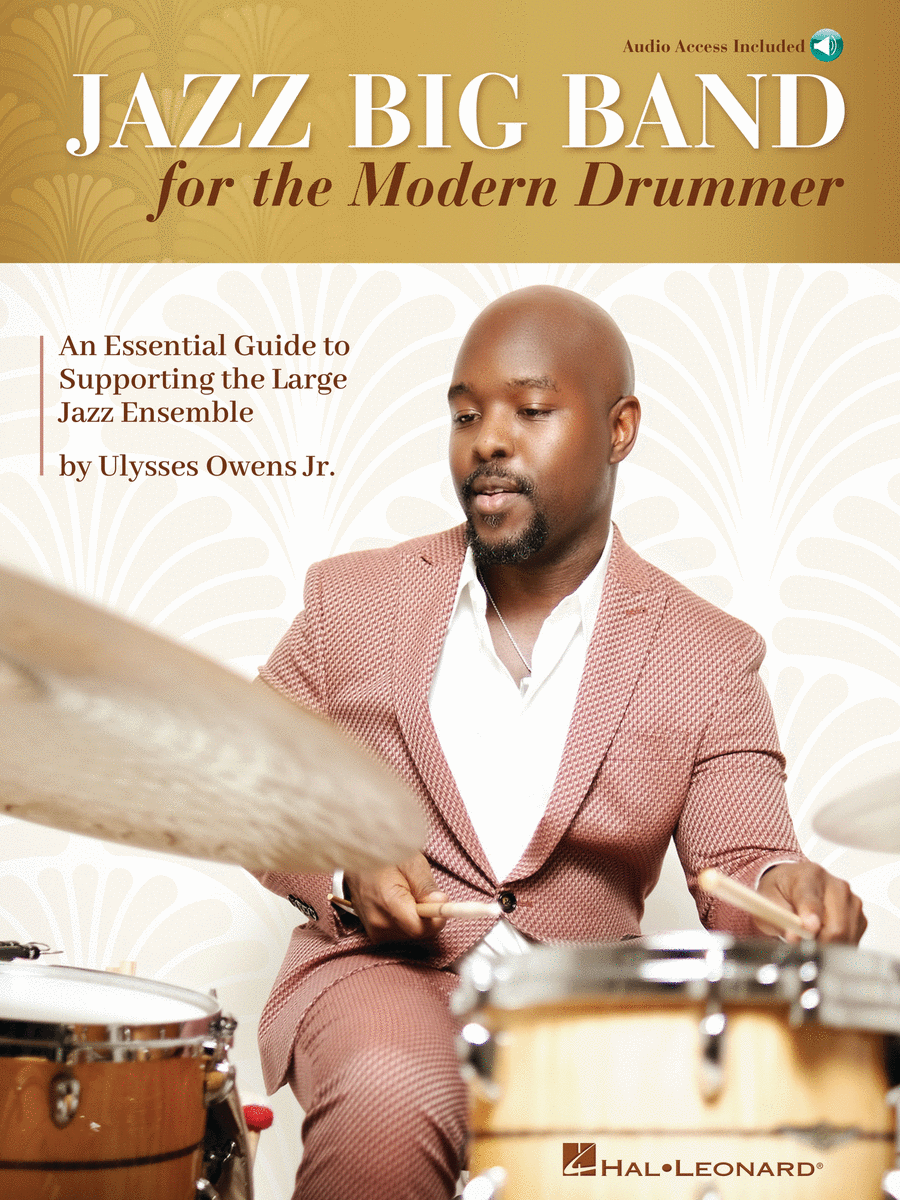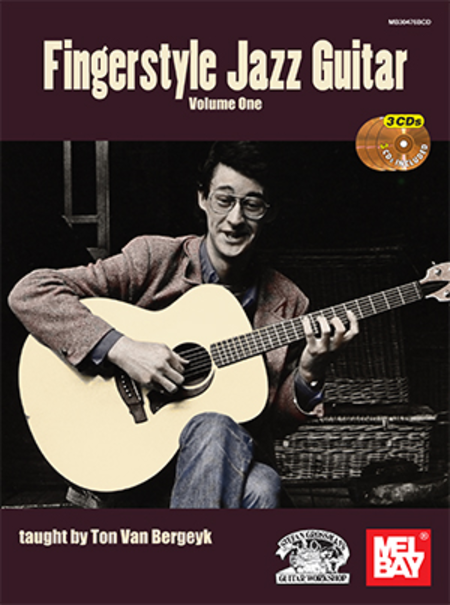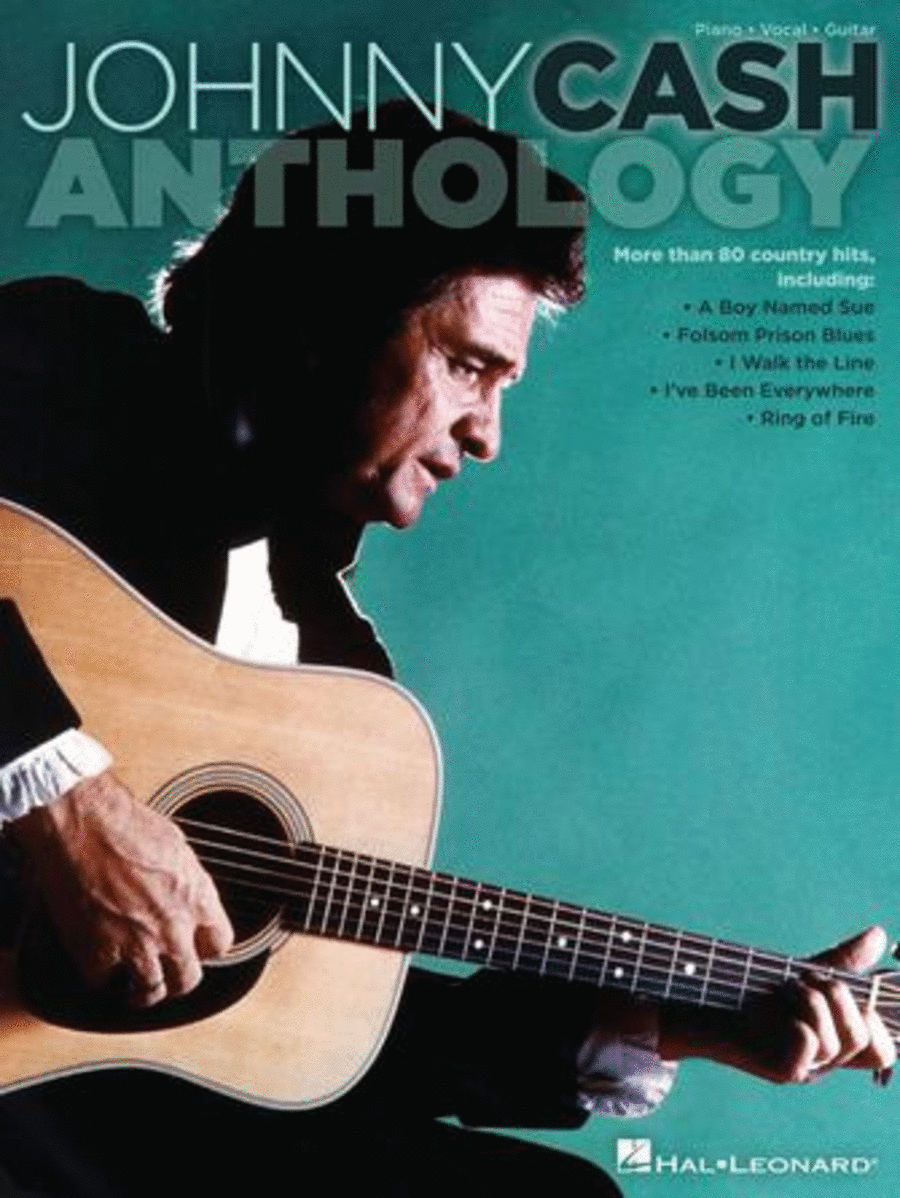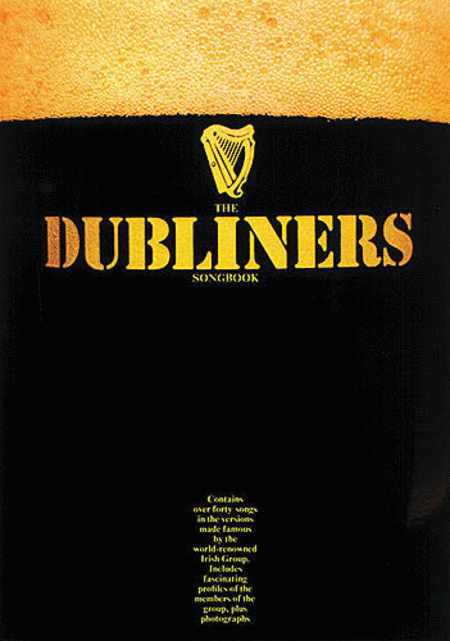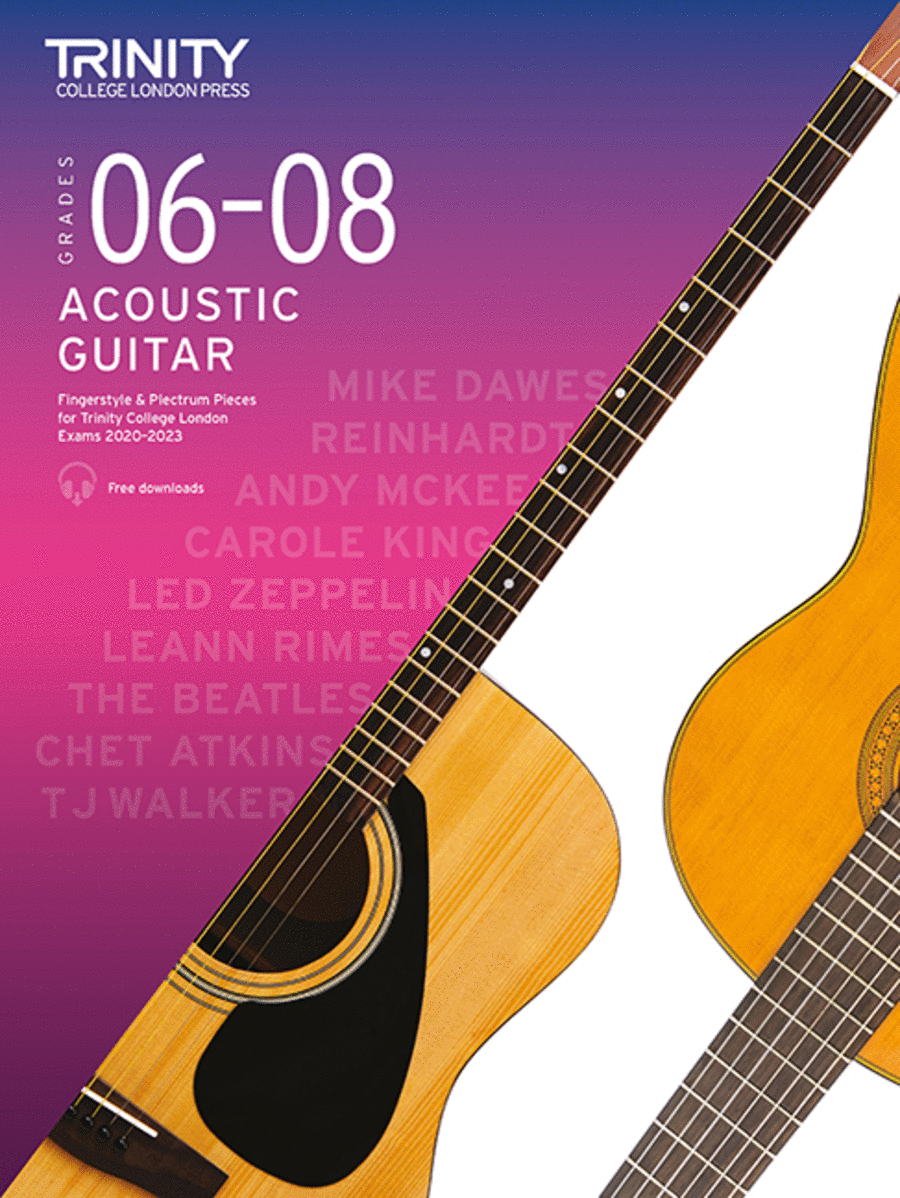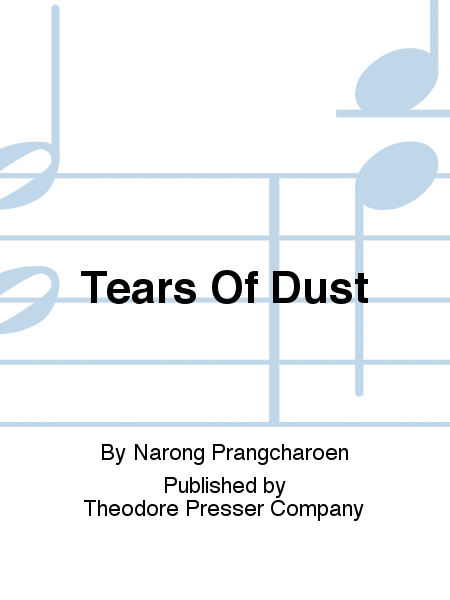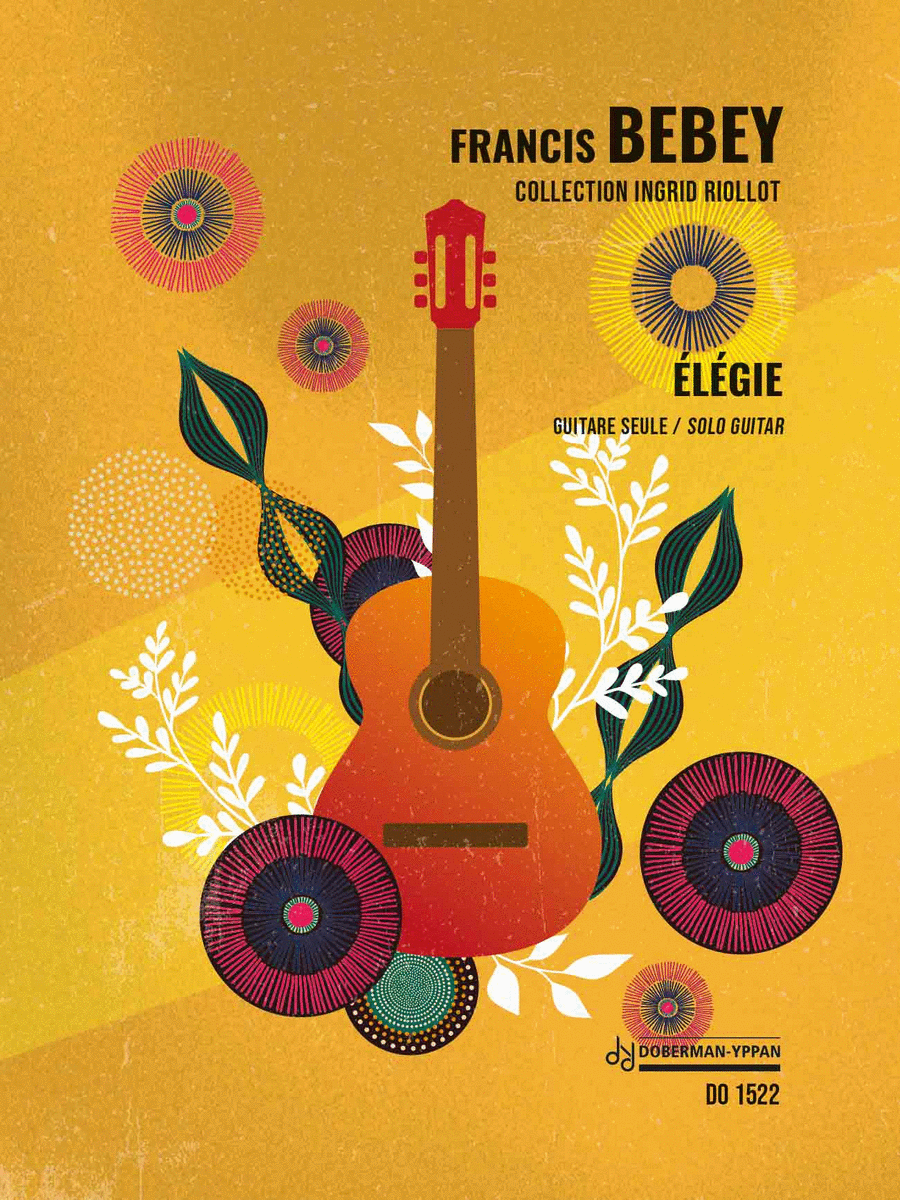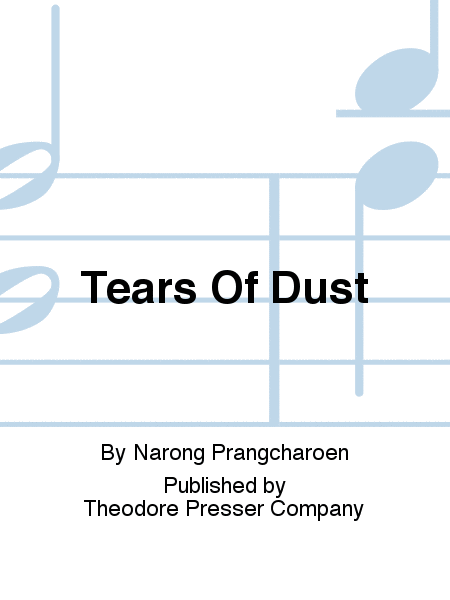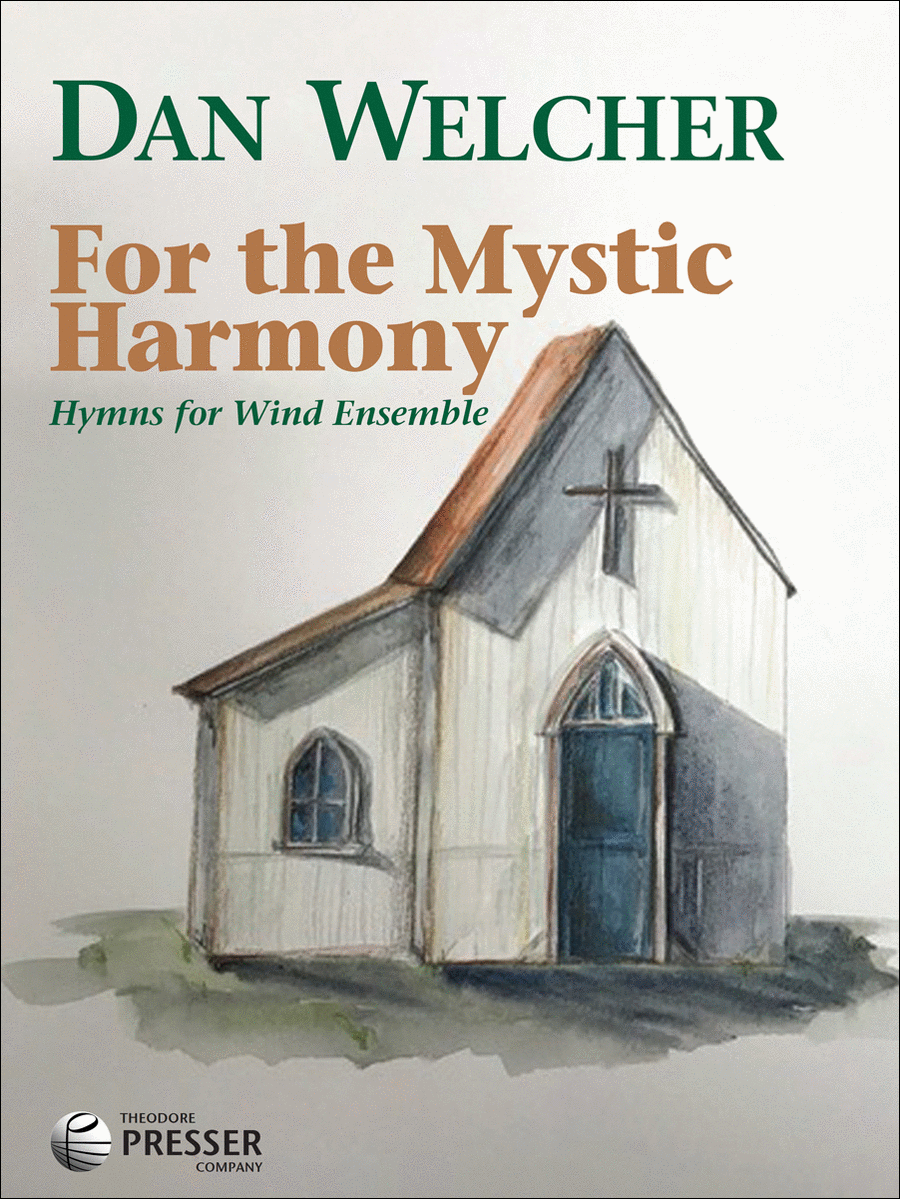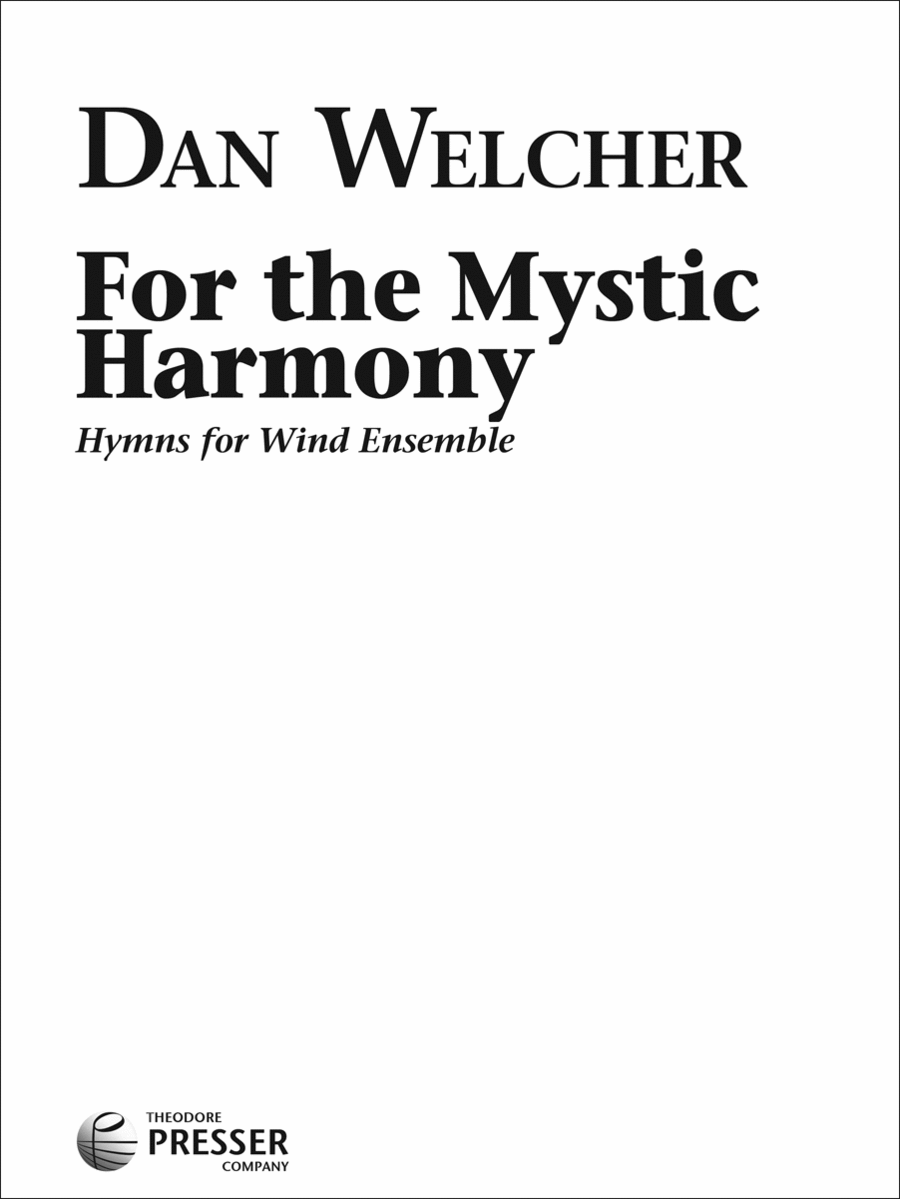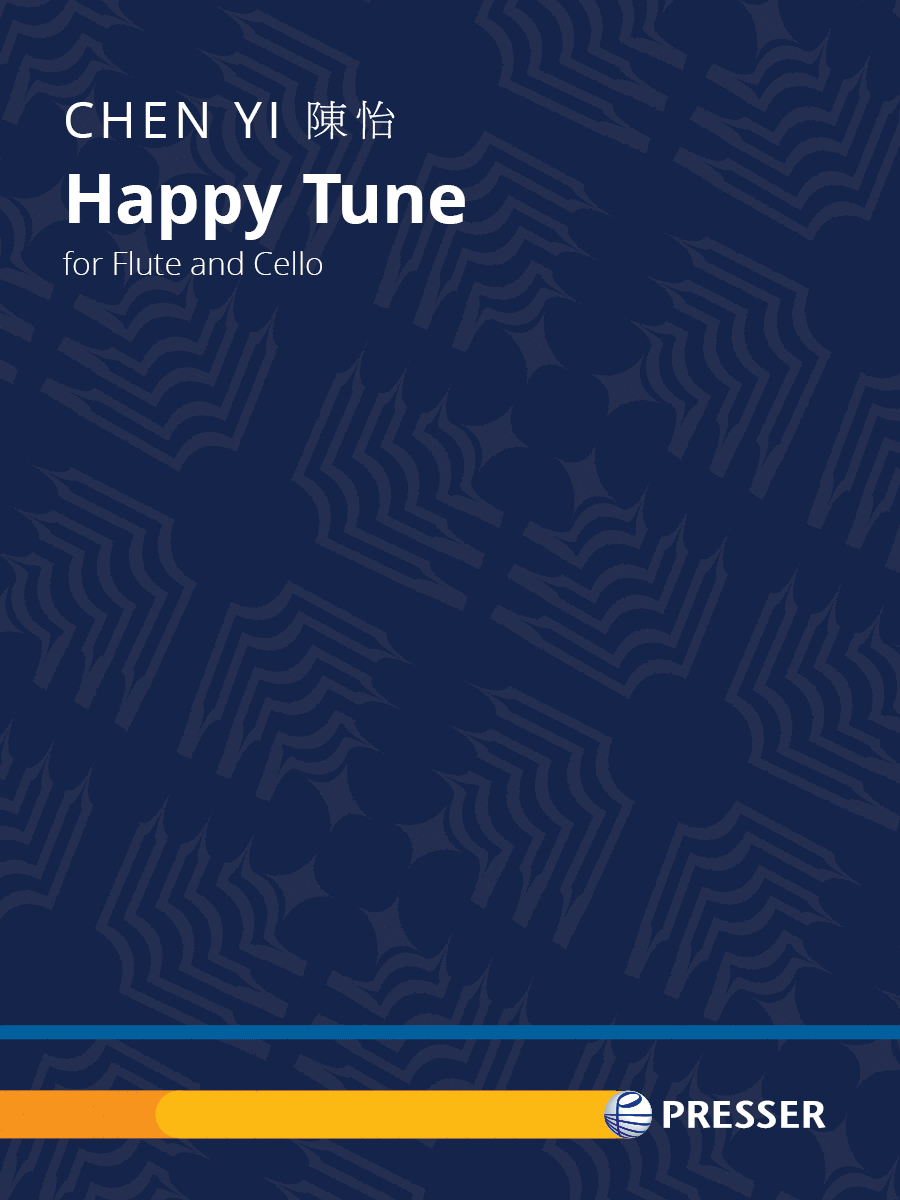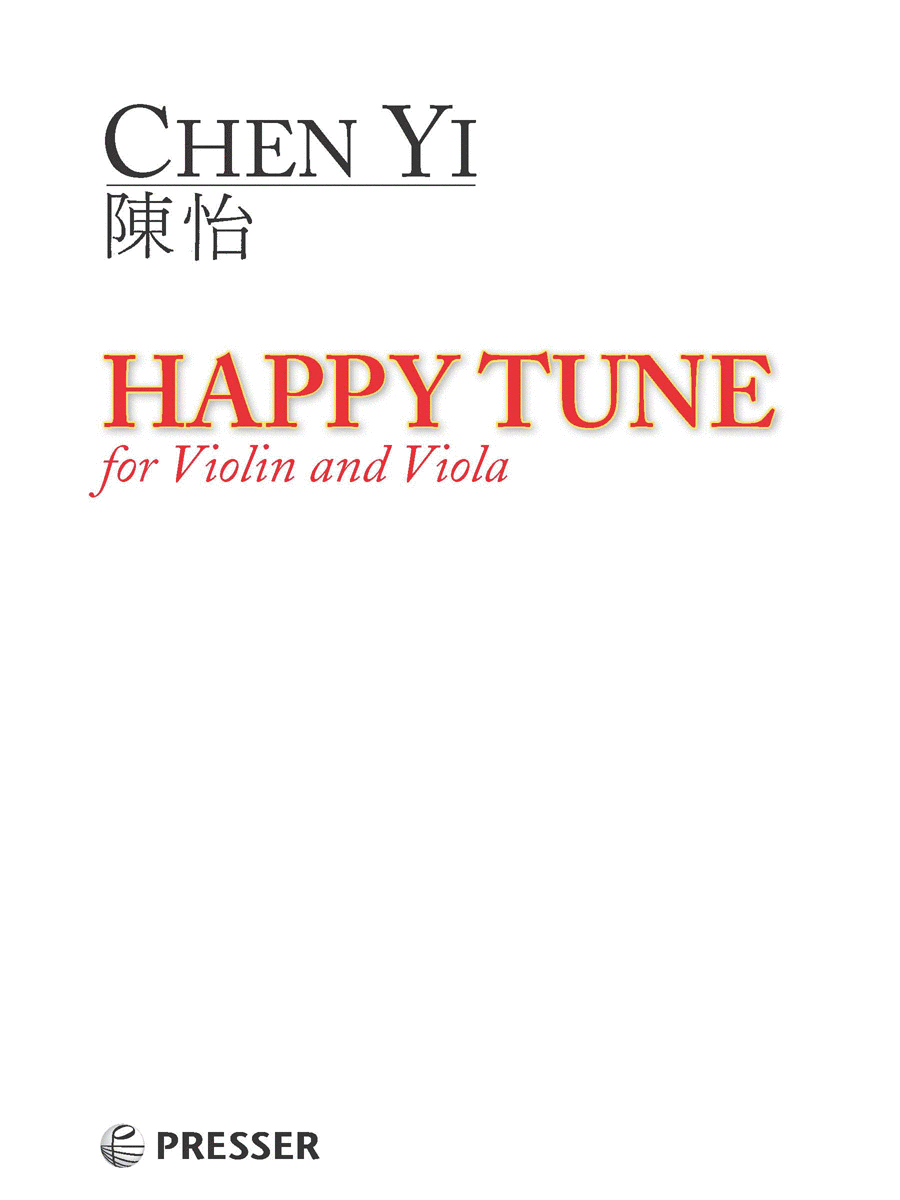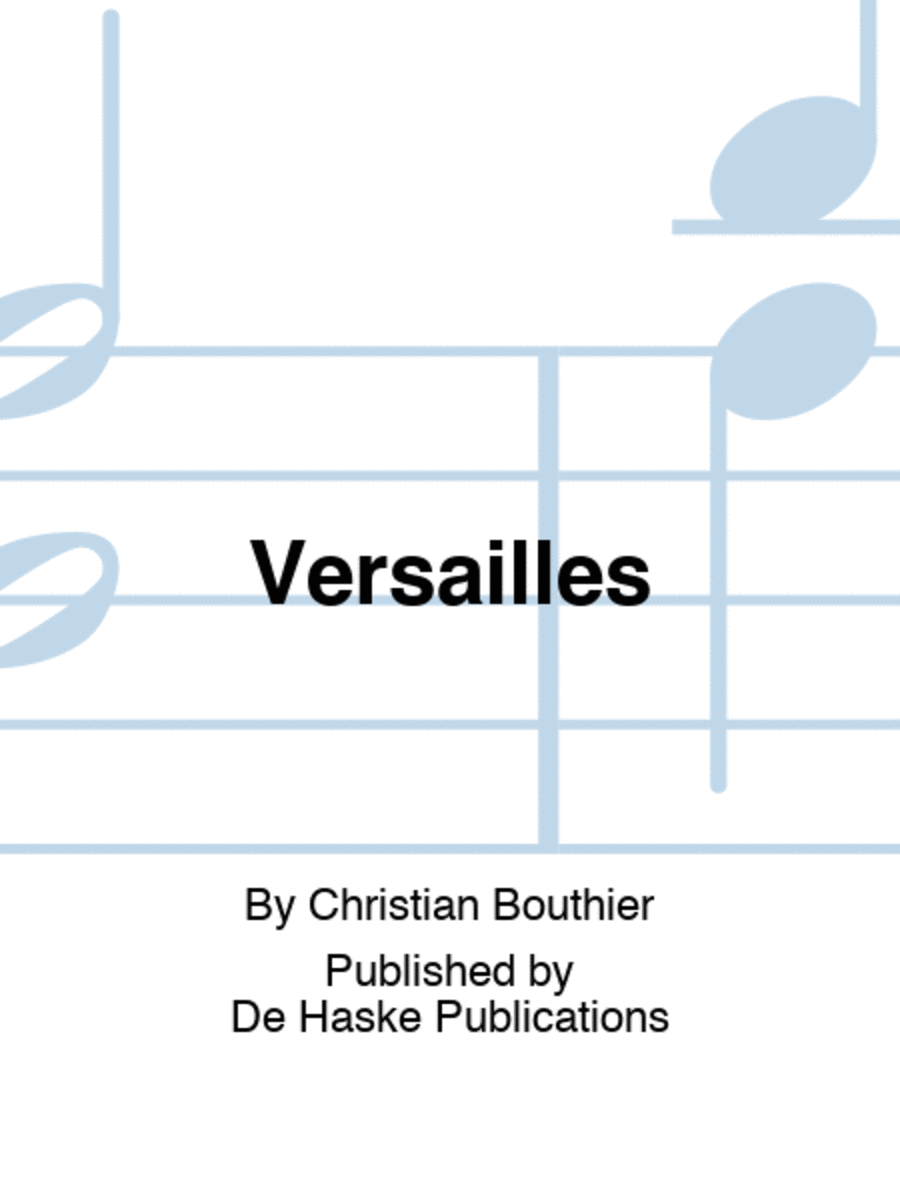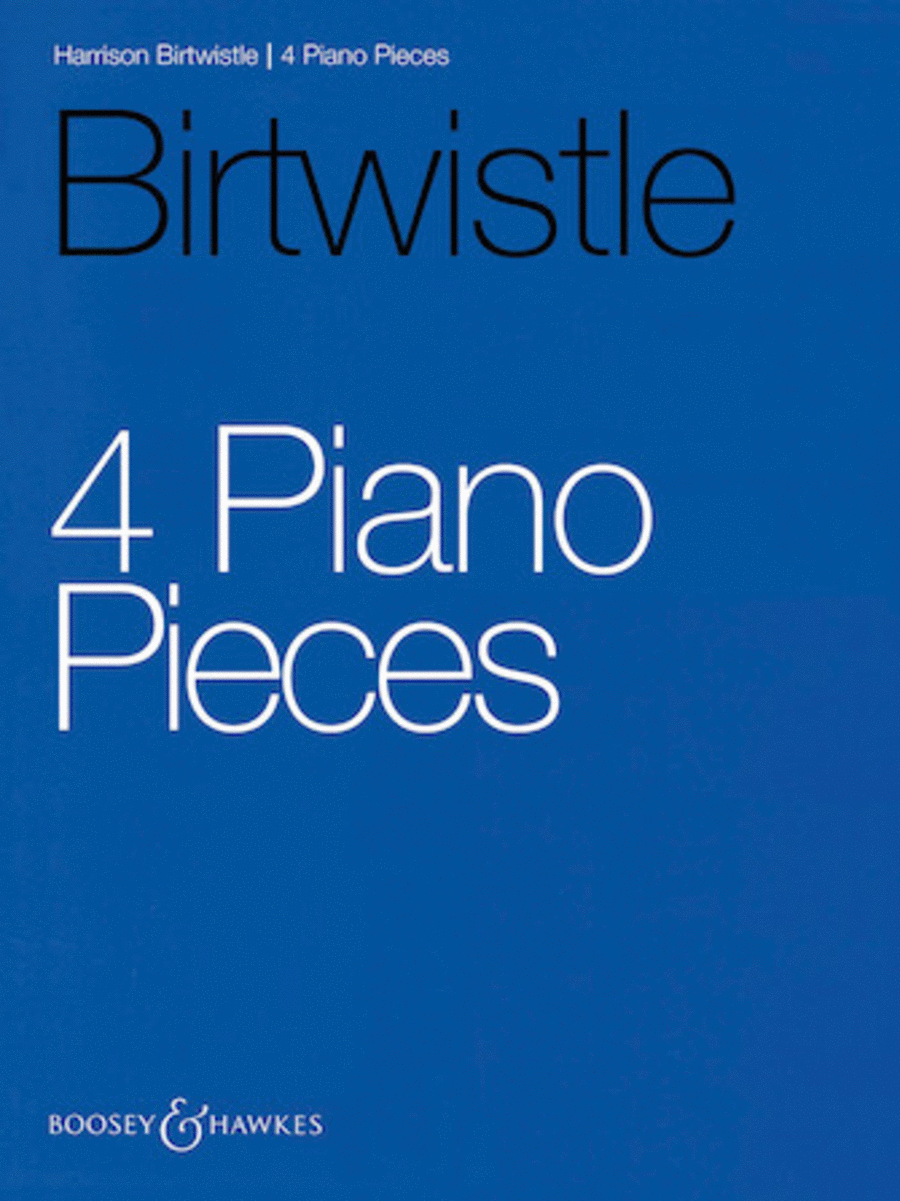|
| On the Beaten Path Jazz
Batterie [Partition + CD]
Alfred Publishing
(The Drummer's Guide to the Genre and the Legends Who Defined It). By Rich Lacko...(+)
(The Drummer's Guide to
the Genre and the Legends
Who Defined It). By Rich
Lackowski and John
O'Reilly, Jr.. For
Drumset.
Artist/Personality; Book;
CD; Method/Instruction;
Percussion - Drum Set
Method or Collection. On
the Beaten Path. Jazz.
108 pages. Published by
Alfred Music Publishing
$19.99 - Voir plus => AcheterDélais: 1 to 2 weeks | | | |
| On the Beaten Path
Batterie [Partition + CD]
Alfred Publishing
The Drummer's Guide to Musical Styles and the Legends Who Defined Them. By Rich ...(+)
The Drummer's Guide to
Musical Styles and the
Legends Who Defined Them.
By Rich Lackowski. For
Drum Set. Percussion -
Drum Set Method or
Collection. Instructional
Book and Examples CD. 244
pages. Published by
Alfred Publishing.
(1)$34.99 - Voir plus => AcheterDélais: 1 to 2 weeks | | | |
| Pat a Pan
Orchestre d'harmonie [Conducteur et Parties séparées] - Intermédiaire
Wingert-Jones Publications
(Percussion Feature). Composed by Porter Eidam. For concert band. Christmas/Holi...(+)
(Percussion Feature).
Composed by Porter Eidam.
For concert band.
Christmas/Holiday. Grade
4. Score and set of
parts. Duration 3:55.
Published by
Wingert-Jones
Publications
$70.00 - Voir plus => AcheterDélais: 2 to 3 weeks | | | |
| Canadian Fiddle Music Volume 1
Violon [Partition]
Mel Bay
compiled by Dr. Ed Whitcomb. For Fiddle. songbook. Canadian. Level: Beginning-In...(+)
compiled by Dr. Ed
Whitcomb. For Fiddle.
songbook. Canadian.
Level:
Beginning-Intermediate.
Book. Size 8.75x11.75.
224 pages. Published by
Mel Bay Publications,
Inc.
(1)$29.99 - Voir plus => AcheterDélais: 1 to 2 weeks | | | |
| Johnny Cash: The Best Of Johnny Cash - Easy Guitar
Guitare notes et tablatures [Partition] - Facile
Hal Leonard
Performed by Johnny Cash. For guitar and voice. Format: easy guitar tablature so...(+)
Performed by Johnny Cash.
For guitar and voice.
Format: easy guitar
tablature songbook
(simplified guitar/vocal
arrangements). With
guitar tablature,
standard notation, vocal
melody, lyrics, chord
names, guitar chord
diagrams and strum and
pick patterns.
Traditional country. 64
pages. 9x12 inches.
Published by Hal Leonard.
(10)$19.99 - Voir plus => AcheterDélais: 24 hours - In Stock | | | |
| Early Jazz Dances, Songs, Instrumentals for Fingerstyle Guitar
Guitare [Partition + Accès audio] - Intermédiaire
Mel Bay
Guitar - Intermediate SKU: MB.31060M Perfect binding. Jazz. Book and onli...(+)
Guitar - Intermediate
SKU: MB.31060M
Perfect binding. Jazz.
Book and online audio.
180 pages. Mel Bay
Publications, Inc
#31060M. Published by Mel
Bay Publications, Inc
(MB.31060M). ISBN
9781513468051. 8.75x11.75
inches. As aspiring
fingerpicking guitarists
started expanding their
horizons from folk,
blues, and ragtime in the
1970s, it was only
logical to look towards
early jazz tunes as a
vast source for new
possibilities. For one
thing, they could follow
the same evolutionary
path from ragtime to jazz
that had been taken by
pianists such as Jelly
Roll Morton and Harlem
stride players like James
P. Johnson and Fats
Waller. These musicians
all composed in a variety
of styles, but their most
ambitious piano solos
expanded on the classic
ragtime format developed
by the likes of Scott
Joplin, James Scott, and
Joseph Lamb, using
several strains that
usually changed keys at
least once. Morton, the
self-proclaimed inventor
of jazz, would record
versions of tunes like
King Porter
Stomp and The
Original Jelly Roll
Blues that are
similar to straight
ragtime performances, and
others where there is
lots of room left for
embellishment and jazz
improvisation.
The present
collection is a bonanza
for guitarists who want
to tackle advanced
arrangements along the
lines of ragtime but
featuring jazz age
harmonies from the
playing of Jelly Roll
Morton, Louis Armstrong,
Bix Beiderbecke, WC
Handy, the Original
Dixieland Jazz Band and
other early jazz legends.
The 32 arrangements
included are by a wide
assortment of guitarists
including Ernie Hawkins,
Pat Donohue, Lasse
Johansson, Duck Baker,
Ton Van Bergeyk, Sandy
Shalk, Steve McWilliam,
and Dorian Henry.
Titles
include: Oh, You
Beautiful Doll,
I’ve Got The
Blues, High Society, St.
Louis Blues, Davenport
Blues, Poor Butterfly,
Dixie Jass Band One-Step,
Memphis Blues, Big Foot
Ham, Grandpa’s
Spells, The Original
Jelly Roll Blues,
Midnight Mama, Milenberg
Joys, Fizz Water, Back
Home in Indiana, Sweet
Georgia Brown, Red Wing
(An Indian Intermezzo),
There’ll Be Some
Changes Made, Way Down
Yonder In New Orleans,
Charleston, Where The
Morning Glories Grow,
Limehouse Blues, Susie
(of the Islands), I Need
Some Pettin’,
Weather Bird, Cornet Chop
Suey, Kansas City Stomps,
King Porter Stomp,
Jubilee Stomp, Take It
Easy, If I Had You,
Moonlight
Serenade $24.95 - Voir plus => AcheterDélais: 1 to 2 weeks | | | |
| Come Celebrate the Season! (A Seasonal Concert Collection for SSA Voices)
Chorale 3 parties
SSA [Octavo]
Alfred Publishing
By Sally K. Albrecht, Philip Kern, Patrick M. Liebergen, Jay Althouse. Edited by...(+)
By Sally K. Albrecht,
Philip Kern, Patrick M.
Liebergen, Jay Althouse.
Edited by Sally K.
Albrecht. For Choir.
(SSA). Choral Octavo.
Choral Designs.
Christmas. Choral Octavo.
48 pages. Published by
Alfred Publishing.
$7.95 - Voir plus => AcheterDélais: 1 to 2 weeks | | | |
| Jazz Sonorities
Calabrese Brothers Music, LLC
Clarinet & Drumset SKU: SU.21000213 For Clarinet & Drumset. Compos...(+)
Clarinet & Drumset
SKU: SU.21000213
For Clarinet &
Drumset. Composed by
Patrick Hardish.
Woodwinds, Clarinet,
Percussion, Percussion.
Accompanied by
percussion, Drum Set.
Performance Score.
Calabrese Brothers Music,
LLC #21000213. Published
by Calabrese Brothers
Music, LLC (SU.21000213).
UPC:
820821003284. Jazz
Sonorities (2002) was
composed for Esther
Lamneck at her request
and premiered by her and
Barbara Allen on drums at
the Loewe Theater of New
York University on May
30, 2002. Ms. Lamneck
asked me to compose a
piece for either solo
clarinet or clarinet and
piano. I decided on the
former to continue my
Sonorities series of
works for solo
instruments which
eventually resulted in
Sonorities VII for solo
b-flat clarinet
(2003-04). However,
shortly after getting
started with my
Sonorities VII I kept
hearing the swinging
sounds of a jazz clarinet
backed up by a jazz drum
set. Part of the reason I
kept hearing these sounds
is that I grew up
listening to the big
swing bands of such
clarinet leaders as Benny
Goodman, Artie Shaw,
Woody Herman, and Jimmy
Dorsey. These musicians
were my first exposure to
the clarinet. So I
decided to first compose
a piece for clarinet with
a jazz quality and a
swinging partly ad lib
part for the drums and to
put my solo clarinet
piece for Esther on hold
for a year. There was
also a personal reason to
use the drums in the
piece. My first ambition
in music was to be a jazz
drummer and indeed I
studied drums with a jazz
drummer and played drums
professionally in dance
bands for several years.
Ms. Lamneck's part in
this piece is almost
entiirely written out
except for a few measures
of improvisation around
the middle of the piece.
The jazz quality of her
part comes mostly in the
prasing and using bluesy
like pitch bends, slides,
and microtones. The jazz
quality of the drum set
part is in the swinging
beat that is used
throughout most of the
piece. The influence of
the famous recording of
Sing Sing Sing, with a
swing by Benny Goodman &
his orchestra in 1937
featuring Gene Krupa on
drums is heard in the
middle section when the
drummer switches to a
beat on the floor tom and
high tom for several
measures. Also, the Afro
Cuban section toward the
end of the piece was
influenced by the many
recordings of Stan Kenton
& his orchestra
particularly the 1950
Pete Rugolo arrangement
of Cole Porter's Love for
Sale. In the drum solo of
the Afro Cuban section
which is near the end can
use optional claves
and/or maracas (1-2
additional players). At
the premiere the composer
joined in this section on
maracas. The drum set
calls for a bass drum,
floor tom, snare drum,
high tom, ride cymbal,
sizzle cymbal, and
hi-hat. --Patrick
Hardish. $20.95 - Voir plus => AcheterDélais: 2 to 3 weeks | | | |
| Teaching Music through Performance in Middle School Choir
Chorale
GIA Publications
| | | |
| Moderne Saxophon-Soli - Alto (Saxophone)
Saxophone Alto
Schott
| | | |
| Rhinestones and Twanging Tones
Hal Leonard
SKU: HL.216057 The Look and Sound of Country Music. Book. Country ...(+)
SKU: HL.216057
The Look and Sound of
Country Music. Book.
Country Reference, Design
/ Fashion & Accessories,
Guitar Reference.
Hardcover. 258 pages.
Published by Hal Leonard
(HL.216057). ISBN
9781495088131. UPC:
888680665210.
9.5x12.25x0.8 inches. Mac
Yasuda and Jim
Washburn. Country
may be the plainspoken
music of rural America,
but it certainly got
gussied up on its way to
the hit parade.
Rhinestones and Twanging
Tones: The Look and Sound
of Country Music shows in
glittering detail how
most classic country
stars traded in their
overalls for sequined and
spangled outfits that
shone from a mile away,
and strummed guitars that
were often just as
ornately bedecked, or
customized by decades of
road wear. These musical
accoutrements demanded
attention, and certainly
captivated young country
fan Mac Yasuda as he was
growing up in Japan. A
Hank Snow record set
Yasuda on a musical path
that led to him becoming
friends with many of his
heroes and performing
alongside them on the
Grand Ole Opry stage.
Along the way, he amassed
the unique collection
shared here of their
signature guitars and
suits (most of the latter
made by the famed
“rodeo
tailor†Nudie),
including ones played and
worn by Hank Snow, Porter
Wagoner, Jim Reeves,
Ferlin Husky, and other
classic country stars.
Those include Snow's
famed “Snow
Job†custom Martin
D-45, Hank Thompson's
Paul Bigsby-modified
Gibson SJ-200, Carl
Smith's Gay guitar, and
others, depicted here in
lavish detail.
Rhinestones and Twanging
Tones is a unique
bundling of the sartorial
and six-stringed equipage
that defined the look and
sound of a generation of
country music. $35.00 - Voir plus => AcheterDélais: 24 hours - In Stock | | | |
| Louis Armstrong Medley
Orchestre d'harmonie [Conducteur] - Facile
Music Sales
Concert Band/Harmonie - Grade 3 SKU: BT.1942-12-140-MS Composed by Hoagy ...(+)
Concert Band/Harmonie -
Grade 3 SKU:
BT.1942-12-140-MS
Composed by Hoagy
Carmichael, J. Goodwin,
L. Shay, and M. Fisher.
Arranged by Naohiro Iwai.
New Sounds for Concert
Band. Original Light
Music. Score Only.
Composed 2013. 28 pages.
Music Sales #1942-12-140
MS. Published by Music
Sales
(BT.1942-12-140-MS).
9x12 inches.
English-German-French-Dut
ch. Even 40 years
after his death, Louis
Armstrong remains one of
the most popular jazz
trumpeters and singers of
all time. In Louis
Armstrong Medley, Naohiro
Iwai has beautifully
arranged
Armstrong’s
unmistakable version of
the Russian folk song,
Dark Eyes (1954).
This is then followed by
two of his greatest hits:
the jazz standard,
Georgia on My Mind
(1930), which
features a tenor
saxophone solo, and
When You’re
Smiling (1929).
Veertig jaar na
zijn dood is Louis
Armstrong nog steeds de
bekendste jazztrompettist
en -zanger ooit. Voor
deze medley gebruikte
Naohiro Iwai Dark
Eyes, een van
oorsprong Russisch
volksliedje waaraan
Armstrong in 1954
zijngeheel eigen
touchgaf. Daarna volgen
twee van zijn grootste
hits uit jongere jaren:
de jazzstandaard
Georgia on My Mind
uit 1930, die hier
een solo voor de
tenorsaxofoon bevat,
en When You’re
Smiling uit
1929.
Louis
Armstrong ist auch 40
Jahre nach seinem Tod
einer der bekanntesten
Jazztrompeter und
-sänger. Naohiro Iwai
verwendete in seinem
Medley Dark Eyes
, ein
ursprünglich
russisches Volkslied, das
Armstrong sich 1954 mit
einer unverwechselbaren
Version zu eigen machte.
Danach folgen mit dem
Jazzstandard Georgia
on My Mind von 1930,
der hier ein
Tenorsaxophonsolo
enthält, und When
You’re Smiling
von 1929 zwei seiner
größten Hits aus
jüngeren
Jahren.
Décé
dé il y a plus de 40
ans, Louis Armstrong est
resté le trompettiste
et jazz man le plus connu
au monde. Naohiro Iwai a
associé dans son
medley plusieurs grands
succès de ce musicien
hors pair. La chanson
Ochi Chernye (Les
Yeux noirs) appartient au
patrimoine commun des
folklores russe, juif et
tzigane. En 1954, cette
valse devient un standard
de jazz gr ce Louis
Armstrong. Laissez-vous
ensuite porter par la
célèbre chanson
Georgia on My Mind
, où l’on
pourra entendre un
chaleureux solo de
saxophone ténor.
When You’re
Smiling vient clore
cet époustouflant
medley.
Louis
Armstrong è uno dei
più famosi
trombettisti jazz del
mondo. Naohiro Iwai ha
raccolto nel suo medley
alcuni grandi successi di
questo artista unico nel
suo genere. La canzone
Ochi Chernye
appartiene al patrimonio
della musica folk russa.
Nel 1954, questa
canzone diviene uno
standard del jazz grazie
a Louis Armstrong. La
splendida Georgia on
My Mind, con un caldo
assolo di sax tenore fa
anch’essa parte di
questo medley, così
come When
You’re
Smiling. $34.95 - Voir plus => AcheterDélais: 2 to 3 weeks | | | |
| Louis Armstrong Medley
Orchestre d'harmonie [Conducteur et Parties séparées] - Facile
Music Sales
Concert Band/Harmonie - Grade 3 SKU: BT.1942-12-010-MS Composed by Hoagy ...(+)
Concert Band/Harmonie -
Grade 3 SKU:
BT.1942-12-010-MS
Composed by Hoagy
Carmichael, J. Goodwin,
L. Shay, and M. Fisher.
Arranged by Naohiro Iwai.
New Sounds for Concert
Band. Original Light
Music. Set (Score &
Parts). Composed 2013.
Music Sales #1942-12-010
MS. Published by Music
Sales
(BT.1942-12-010-MS).
9x12 inches.
English-German-French-Dut
ch. Even 40 years
after his death, Louis
Armstrong remains one of
the most popular jazz
trumpeters and singers of
all time. In Louis
Armstrong Medley, Naohiro
Iwai has beautifully
arranged
Armstrong’s
unmistakable version of
the Russian folk song,
Dark Eyes (1954).
This is then followed by
two of his greatest hits:
the jazz standard,
Georgia on My Mind
(1930), which
features a tenor
saxophone solo, and
When You’re
Smiling (1929).
Veertig jaar na
zijn dood is Louis
Armstrong nog steeds de
bekendste jazztrompettist
en -zanger ooit. Voor
deze medley gebruikte
Naohiro Iwai Dark
Eyes, een van
oorsprong Russisch
volksliedje waaraan
Armstrong in 1954
zijngeheel eigen
touchgaf. Daarna volgen
twee van zijn grootste
hits uit jongere jaren:
de jazzstandaard
Georgia on My Mind
uit 1930, die hier
een solo voor de
tenorsaxofoon bevat,
en When You’re
Smiling uit
1929.
Louis
Armstrong ist auch 40
Jahre nach seinem Tod
einer der bekanntesten
Jazztrompeter und
-sänger. Naohiro Iwai
verwendete in seinem
Medley Dark Eyes
, ein
ursprünglich
russisches Volkslied, das
Armstrong sich 1954 mit
einer unverwechselbaren
Version zu eigen machte.
Danach folgen mit dem
Jazzstandard Georgia
on My Mind von 1930,
der hier ein
Tenorsaxophonsolo
enthält, und When
You’re Smiling
von 1929 zwei seiner
größten Hits aus
jüngeren
Jahren.
Décé
dé il y a plus de 40
ans, Louis Armstrong est
resté le trompettiste
et jazz man le plus connu
au monde. Naohiro Iwai a
associé dans son
medley plusieurs grands
succès de ce musicien
hors pair. La chanson
Ochi Chernye (Les
Yeux noirs) appartient au
patrimoine commun des
folklores russe, juif et
tzigane. En 1954, cette
valse devient un standard
de jazz gr ce Louis
Armstrong. Laissez-vous
ensuite porter par la
célèbre chanson
Georgia on My Mind
, où l’on
pourra entendre un
chaleureux solo de
saxophone ténor.
When You’re
Smiling vient clore
cet époustouflant
medley.
Louis
Armstrong è uno dei
più famosi
trombettisti jazz del
mondo. Naohiro Iwai ha
raccolto nel suo medley
alcuni grandi successi di
questo artista unico nel
suo genere. La canzone
Ochi Chernye
appartiene al patrimonio
della musica folk russa.
Nel 1954, questa
canzone diviene uno
standard del jazz grazie
a Louis Armstrong. La
splendida Georgia on
My Mind, con un caldo
assolo di sax tenore fa
anch’essa parte di
questo medley, così
come When
You’re
Smiling. $155.95 - Voir plus => AcheterDélais: 2 to 3 weeks | | | |
| Jazz Big Band for the Modern Drummer
Batterie [Partition + Accès audio]
Hal Leonard
An Essential Guide to Supporting the Large Jazz Ensemble. Drum Instruction. ...(+)
An Essential Guide to
Supporting the Large Jazz
Ensemble. Drum
Instruction.
Instruction. Softcover
Audio
Online. 112 pages.
Published
by Hal Leonard
$29.99 - Voir plus => AcheterDélais: 24 hours - In Stock | | | |
| Fingerstyle Jazz Guitar Volume One
Guitare notes et tablatures [Partition + CD]
Mel Bay
By Ton Van Bergeyk. For Guitar: Flatpicking, Fingerpicking. Guitar Methods...(+)
By Ton Van Bergeyk. For
Guitar: Flatpicking,
Fingerpicking. Guitar
Methods. Book/3-CD Set.
20
pages. Published by Mel
Bay
Publications, Inc
$26.99 - Voir plus => AcheterDélais: 1 to 2 weeks | | | |
| Johnny Cash Anthology
Piano, Voix et Guitare [Partition]
Hal Leonard
By Johnny Cash. Piano/Vocal/Guitar Artist Songbook. Softcover. 320 pages. Publis...(+)
By Johnny Cash.
Piano/Vocal/Guitar Artist
Songbook. Softcover. 320
pages. Published by Hal
Leonard
$39.99 - Voir plus => AcheterDélais: 24 hours - In Stock | | | |
| The Dubliners' Songbook
Paroles et Accords [Partition]
Music Sales
By The Dubliners. Irish. Sheet Music. Melody line, lyrics, and chord symbols. 64...(+)
By The Dubliners. Irish.
Sheet Music. Melody line,
lyrics, and chord
symbols. 64 pages.
Published by Music Sales.
$16.95 - Voir plus => AcheterDélais: 24 hours - In Stock | | | |
| Acoustic Guitar Exam Pieces 2020-2023: Grades 6-8
Guitare
Trinity College London
Acoustic Guitar - Grade 6;Grade 7;Grade 8 Fingerstyle and Plectrum Pieces for ...(+)
Acoustic Guitar - Grade
6;Grade 7;Grade 8
Fingerstyle and Plectrum
Pieces
for Trinity College
London
Exams 2020-2023.
Classical.
Textbook. Trinity College
London #TCL019950.
Published
by Trinity College London
$24.95 - Voir plus => AcheterDélais: 4 to 6 weeks | | | |
| Tears Of Dust
Theodore Presser Co.
Orchestra Violin 1, Violin 2, Viola, Cello, Contrabass SKU: PR.41641543L ...(+)
Orchestra Violin 1,
Violin 2, Viola, Cello,
Contrabass SKU:
PR.41641543L For
String Orchestra.
Composed by Narong
Prangcharoen. Large
Score. 12 pages. Duration
6 minutes. Theodore
Presser Company
#416-41543L. Published by
Theodore Presser Company
(PR.41641543L). UPC:
680160632343. Tears
of Dust is composed in
memory of Princess
Galyani Vadhana who
passed away on 2 January
2008. It was a great lost
for Thailand as well as
the music society for the
entire country. Her Royal
Highness was interested
in all types of music and
drama, especially
classical music. After
she passed away, there
was a mourning period of
100 days and the whole
nation would wear black
for 15 days. Tear of Dust
is commissioned by the
Bangkok Symphony
Orchestra for the
memorial concert. She was
the patron of the and a
great supporter of the
Bangkok Symphony
Orchestra. Her presence
on the classical music
scene was ubiquitous. The
loss of Princess Galyani
is greatly impact to the
Classical Music in
Thailand. It is a
metaphor to compare the
people with the dust
because dust came from
many various sources but
sharing the same element
as a dry object. In this
case even a dry smallest
dust cries for the lost
of Her Royal
Highness.
Tears of
Dust is composed in
memory of Princess
Galyani Vadhana who
passed away on 2 January
2008. It was a great lost
for Thailand as well as
the music society for the
entire country. Her Royal
Highness was interested
in all types of music and
drama, especially
classical music. After
she passed away, there
was a mourning period of
100 days and the whole
nation would wear black
for 15 days. Tear of Dust
is commissioned by the
Bangkok Symphony
Orchestra for the
memorial concert. She was
the patron of theand a
great supporter of the
Bangkok Symphony
Orchestra. Her presence
on the classical music
scene was ubiquitous. The
loss of Princess Galyani
is greatly impact to the
Classical Music in
Thailand. It is a
metaphor to compare the
people with the dust
because dust came from
many various sources but
sharing the same element
as a dry object. In this
case even a dry smallest
dust cries for the lost
of Her Royal
Highness. $24.99 - Voir plus => AcheterDélais: 2 to 3 weeks | | | |
| Élégie
Guitare
Guitare classique [Conducteur] - Intermédiaire
Doberman
Guitar - Intermediate SKU: DY.DO-1522 Composed by Francis Bebey. Arranged...(+)
Guitar - Intermediate
SKU: DY.DO-1522
Composed by Francis
Bebey. Arranged by Ingrid
Riollot. Score. Les
Editions Doberman-Yppan
#DO 1522. Published by
Les Editions
Doberman-Yppan
(DY.DO-1522). ISBN
9782897963026. Fran
cis Bebey est né Ã
Douala en juillet 1929,
dans une grande famille
où son père,
pasteur, luttait pour
nourrir ses enfants. Mais
Francis a eu
l'opportunité d'aller
à l'école. Admirant
son frère aîné,
Marcel Eyidi Bebey, il
s'est éduqué, s'est
distingué, et a
finalement reçu une
bourse pour passer son
baccalauréat en
France.
Nous
approchions de la fin des
années 1950 lorsqu'il
est arrivé à La
Rochelle. Plus que
jamais, dans cette France
où les Africains
étaient regardés
avec curiosité,
condescendance ou
dédain, Francis
s'appuyait sur ses
ressources
intellectuelles.
Travailleur assidu, il a
obtenu son
baccalauréat, puis
s'est installé Ã
Paris où il a
commencé des études
d'anglais à la
Sorbonne. Un jour, il a
su ce qui l'attirait
vraiment : il voulait
faire de la radio.
Francis a appris son
métier en France et
aux
Ã?tats-Unis.
Après
avoir travaillé
quelques années comme
reporter, il a été
embauché en 1961 en
tant que fonctionnaire
international au
Département de
l'information de
l'UNESCO.
Parallèle
ment, Francis a toujours
été attiré par
la création musicale.
Son activité diurne
très sérieuse ne
l'empêchait pas de
fréquenter les clubs
de jazz le soir. Ã?
Paris, le jazz, la
musique à la mode Ã
cette époque, mais
aussi la rumba et la
salsa l'attiraient. Il
collectionnait les
disques et assistait Ã
de nombreux concerts.
Avec son complice Manu
Dibango, Francis montait
sur scène et jouait de
la musique.
Francis
aimait la musique
classique depuis son
enfance. Il avait grandi
en écoutant les
cantates et les oratorios
de Bach ou Handel que son
père chantait au
temple. Il s'est
passionné pour la
guitare, impressionné
par les maîtres
espagnols et
sud-américains, et a
décidé d'apprendre
à jouer de
l'instrument
lui-même.
Il a
commencé à composer
des pièces pour
guitare, mêlant les
diverses influences qui
le traversaient avec la
musique traditionnelle
africaine qu'il portait
en lui depuis son
enfance. Son approche a
captivé le directeur
du Centre culturel
américain (alors
situé dans le quartier
de Saint-Germain Ã
Paris), qui lui a offert
l'opportunité de se
produire devant un
public. Francis y a
donné son premier
récital de guitare
(1963) devant un public
hypnotisé. Son premier
album solo est sorti peu
de temps
après.
Progressivem
ent, Francis est devenu
reconnu comme musicien et
compositeur. Plusieurs
albums de l'ambassadeur
africain de la guitare,
comme le décrivait la
presse, sont sortis. Il a
également écrit des
livres, au point que sa
carrière artistique
est devenue difficile
à concilier avec sa
carrière de
fonctionnaire. En 1974,
même s'il était
devenu le directeur
général chargé
de la musique Ã
l'UNESCO, il a fait le
saut audacieux et a
démissionné de
cette prestigieuse
institution pour se
consacrer aux trois
activités qui
l'intéressaient : la
musique, la
littérature et le
journalisme.
Il a
exploré le patrimoine
musical traditionnel du
continent africain,
notamment à travers le
piano à pouce sanza et
la musique polyphonique
des pygmées d'Afrique
centrale, ou en chantant
dans sa langue maternelle
et en composant des
chansons humoristiques en
français !
Le
succès a suivi.
Francis Bebey a parcouru
le monde : de la France
au Brésil, du Cameroun
à la Suède, de
l'Allemagne aux
Caraïbes, ou du Maroc
au Japon... la liste des
pays où il a été
invité à se
produire, Ã donner des
conférences ou Ã
rencontrer des lecteurs
est très longue. En
plus de la reconnaissance
publique, il
bénéficiait de la
reconnaissance de ses
collègues musiciens,
tels que le guitariste
John Williams ou le
Vénézuélien
Antonio Lauro, qui l'ont
invité à faire
partie du jury d'un
concours de guitare
classique Ã
Caracas.
Sa vie
était le voyage d'un
pionnier africain, un
homme enraciné dans
son patrimoine culturel
et portant un message de
partage et d'espoir pour
le monde. Son
originalité continue
de résonner dans le
monde entier depuis son
décès à la fin
du mois de mai
2001.
Francis
Bebey was born in Douala
in July 1929, into a
large family where his
father, a pastor,
struggled to feed his
children. But Francis had
the opportunity to go to
school. Admiring his
elder brother, Marcel
Eyidi Bebey, he educated
himself, distinguished
himself, and eventually
received a scholarship to
go and take his
baccalaureate in
France.
We approached
the end of the 1950s when
he arrived in La
Rochelle. More than ever,
in this France where
Africans were looked at
with curiosity,
condescension, or
disdain, Francis relied
on his intellectual
resources. A diligent
worker, he obtained his
Baccalaureate, then moved
to Paris where he started
English studies at the
Sorbonne. One day, he
knew what truly attracted
him: he wanted to do
radio. Francis learned
his craft in France and
in the USA.
After
working for a few years
as a reporter, he was
hired in 1961 as an
international civil
servant in the UNESCO
Information
Department.
In
parallel, Francis had
always been drawn to
musical creation. His
very serious daytime
activity didnâ??t
prevent him from
frequenting jazz clubs in
the evenings. In Paris,
the Jazz, the trendy
music of that time, but
also rumba and salsa
attracted him. He
collected records and
attended numerous
concerts. With his
accomplice Manu Dibango,
Francis took the stage
and played
music.
Francis liked
classical music since his
childhood. He grew up
listening to the cantatas
and oratorios of Bach or
Handel that his father
had sung in the temple.
He became passionate
about the guitar,
impressed by the Spanish
and South American
masters, and decided to
learn to strum the
instrument himself.
He
started composing guitar
pieces, blending the
various influences that
flow through him with the
traditional African music
he had carried within
since childhood. His
approach captivated the
director of the American
Cultural Center (then
located in the
Saint-Germain
neighborhood of Paris),
who offered him the
opportunity to perform in
front of an audience.
Francis gave his first
guitar recital there
(1963) in front of a
mesmerized audience. His
first solo album was
released shortly
thereafter.
Gradually,
Francis became recognized
as a musician and
composer. Several albums
of the African guitar
ambassador, as described
by the press, were
released. He also wrote
books, to the point that
his artistic career
became challenging to
reconcile with his career
as a civil servant. In
1974, even though he had
become the General
Manager in charge of
music at UNESCO, he took
the bold leap and
resigned from this
prestigious institution
to dedicated himself to
the three activities that
interested him: music,
literature, and
journalism.
He
explored the traditional
musical heritage of the
African continent,
notably through the thumb
piano sanza, and the
polyphonic music of the
Central African pygmies,
or singing in his native
language and composing
humoristic songs in
French!
Success
followed. Francis Bebey
traveled the world: from
France to Brazil,
Cameroon to Sweden,
Germany to the Carribean,
or Morocco to Japan...
the list of countries
where he was invited to
perform, gives lectures,
or meets readers is very
long. In addition to
public recognition, he
enjoyed the recognition
of his fellow musicians,
such as guitarist John
Williams or Venezuelan
Antonio Lauro, who
invited him to be a part
of the jury for a
classical guitar
competition in
Caracas.
His life was
the journey of an African
pioneer, a man rooted in
his cultural heritage and
carrying a message of
sharing and hope for the
world. His originality
continues to vibrate
around the world since
his passing at the end of
May 2001. $4.95 - Voir plus => AcheterDélais: 2 to 3 weeks | | | |
| Tears Of Dust [Conducteur]
Theodore Presser Co.
Orchestra Violin 1, Violin 2, Viola, Cello, Contrabass SKU: PR.416415430 ...(+)
Orchestra Violin 1,
Violin 2, Viola, Cello,
Contrabass SKU:
PR.416415430 For
String Orchestra.
Composed by Narong
Prangcharoen. Full score.
11 pages. Duration 6
minutes. Theodore Presser
Company #416-41543.
Published by Theodore
Presser Company
(PR.416415430). UPC:
680160632336. Tears
of Dust is composed in
memory of Princess
Galyani Vadhana who
passed away on 2 January
2008. It was a great lost
for Thailand as well as
the music society for the
entire country. Her Royal
Highness was interested
in all types of music and
drama, especially
classical music. After
she passed away, there
was a mourning period of
100 days and the whole
nation would wear black
for 15 days. Tear of Dust
is commissioned by the
Bangkok Symphony
Orchestra for the
memorial concert. She was
the patron of the and a
great supporter of the
Bangkok Symphony
Orchestra. Her presence
on the classical music
scene was ubiquitous. The
loss of Princess Galyani
is greatly impact to the
Classical Music in
Thailand. It is a
metaphor to compare the
people with the dust
because dust came from
many various sources but
sharing the same element
as a dry object. In this
case even a dry smallest
dust cries for the lost
of Her Royal
Highness.
Tears of
Dust is composed in
memory of Princess
Galyani Vadhana who
passed away on 2 January
2008. It was a great lost
for Thailand as well as
the music society for the
entire country. Her Royal
Highness was interested
in all types of music and
drama, especially
classical music. After
she passed away, there
was a mourning period of
100 days and the whole
nation would wear black
for 15 days. Tear of Dust
is commissioned by the
Bangkok Symphony
Orchestra for the
memorial concert. She was
the patron of theand a
great supporter of the
Bangkok Symphony
Orchestra. Her presence
on the classical music
scene was ubiquitous. The
loss of Princess Galyani
is greatly impact to the
Classical Music in
Thailand. It is a
metaphor to compare the
people with the dust
because dust came from
many various sources but
sharing the same element
as a dry object. In this
case even a dry smallest
dust cries for the lost
of Her Royal
Highness. $16.99 - Voir plus => AcheterDélais: 2 to 3 weeks | | | |
| For the Mystic Harmony
Theodore Presser Co.
Band Bass Clarinet, Bassoon 1, Bassoon 2, Clarinet, Clarinet 1, Clarinet 2, Clar...(+)
Band Bass Clarinet,
Bassoon 1, Bassoon 2,
Clarinet, Clarinet 1,
Clarinet 2, Clarinet 3,
Contrabass Clarinet,
Contrabassoon, English
Horn, Flute 1, Flute 2,
Oboe 1, Oboe 2, Piccolo,
alto Saxophone, soprano
Saxophone, tenor
Saxophone SKU:
PR.165001000 Hymns
for Wind Ensemble.
Composed by Dan Welcher.
Folio. Set of Score and
Parts.
4+24+24+16+8+4+4+24+12+12
+8+4+4+4+4+8+8+8+8+4+4+4+
4+8+8+8+8+8+8+8+8+4+16+4+
8+4+8+8+4+4+4+48 pages.
Duration 10 minutes, 41
seconds. Theodore Presser
Company #165-00100.
Published by Theodore
Presser Company
(PR.165001000). ISBN
9781491129241. UPC:
680160669776. 9 x 12
inches. Commissione
d for a consortium of
high school and college
bands in the north Dallas
region, FOR THEMYSTIC
HARMONY is a 10-minute
inspirational work in
homage to Norwood and
Elizabeth Dixon,patrons
of the Fort Worth
Symphony and the Van
Cliburn Competition.
Welcher draws melodic
flavorfrom five American
hymns, spirituals, and
folk tunes of the 19th
century. The last of
these sources toappear is
the hymn tune For the
Beauty of the Earth,
whose third stanza is the
quatrain: “For the
joy of earand eye, For
the heart and
mind’s delight,
For the mystic harmony,
Linking sense to sound
and sight,â€giving
rise to the work’s
title.
This work,
commissioned for a
consortium of high school
bands in the north Dallas
area, is my fifteenth
maturework for wind
ensemble (not counting
transcriptions). When I
asked Todd Dixon, the
band director
whospearheaded this
project, what kind of a
work he most wanted, he
first said
“something
that’s basically
slow,†butwanted to
leave the details to me.
During a long subsequent
conversation, he
mentioned that his
grandparents,Norwood and
Elizabeth Dixon, were
prime supporters of the
Fort Worth Symphony,
going so far as to
purchase anumber of high
quality instruments for
that orchestra. This
intrigued me, so I asked
more about his
grandparentsand was
provided an 80-page
biographical sketch.
Reading that article,
including a long section
about theirdevotion to
supporting a young man
through the rigors of the
Van Cliburn International
Piano Competition fora
number of years, moved me
very much. Norwood and
Elizabeth Dixon
weren’t just
supporters of the arts;
theywere passionate
lovers of music and
musicians. I determined
to make this work a
testament to that love,
and tothe religious faith
that sustained them both.
The idea of using extant
hymns was also suggested
by Todd Dixon,and this
10-minute work is the
result.I have employed
existing melodies in
several works, delving
into certain kinds of
religious music more than
a fewtimes. In seeking
new sounds, new ways of
harmonizing old tunes,
and the contrapuntal
overlaying of one
tunewith another, I was
able to make works like
ZION (using 19th-century
Revivalist hymns) and
LABORING SONGS(using
Shaker melodies) reflect
the spirit of the
composers who created
these melodies, without
sounding likepastiches or
medleys. I determined to
do the same with this new
work, with the added
problem of
employingmelodies that
were more familiar. I
chose five tunes from the
19th century: hymns,
spirituals, and
folk-tunes.Some of these
are known by differing
titles, but they all
appear in hymnals of
various Christian
denominations(with
various titles and
texts). My idea was to
employ the tunes without
altering their notes,
instead using aconstantly
modulating sense of
harmony —
sometimes leading to
polytonal harmonizations
of what are
normallysimple four-chord
hymns.The work begins and
ends with a repeated
chime on the note C: a
reminder of steeples,
white clapboard
churchesin the country,
and small church organs.
Beginning with a
Mixolydian folk tune of
Caribbean origin
presentedtwice with
layered entrances, the
work starts with a
feeling of mystery and
gentle sorrow. It
proceeds, after along
transition, into a second
hymn that is sometimes
connected to the sea
(hence the sensation of
water andwaves throughout
it). This tune, by John
B. Dykes (1823-1876), is
a bit more chromatic and
“shifty†than
mosthymn-tunes, so I
chose to play with the
constant sensation of
modulation even more than
the original does. Atthe
climax, the familiar
spiritual “Were you
there?†takes over,
with a double-time
polytonal feeling
propelling itforward at
“Sometimes it
causes me to
tremble.â€Trumpets
in counterpoint raise the
temperature, and the
tempo as well, leading
the music into a third
tune (ofunknown
provenance, though it
appears with different
texts in various hymnals)
that is presented in a
sprightlymanner. Bassoons
introduce the melody, but
it is quickly taken up by
other instruments over
three
“verses,â€cons
tantly growing in
orchestration and volume.
A mysterious second tune,
unrelated to this one,
interrupts it inall three
verses, sending the
melody into unknown
regions.The final melody
is “For the Beauty
of the Earth.†This
tune by Conrad Kocher
(1786-1872) is commonly
sung atThanksgiving
— the perfect
choice to end this work
celebrating two people
known for their
generosity.Keeping the
sense of constant
modulation that has been
present throughout, I
chose to present this
hymn in threegrowing
verses, but with a twist:
every four bars, the
“key†of the
hymn seems to shift
— until the
“Lord of all,
toThee we praiseâ€
melody bursts out in a
surprising compound
meter. This, as it turns
out, was the
“mystery
tuneâ€heard earlier
in the piece. After an
Ivesian, almost polytonal
climax, the Coda begins
over a long B( pedal. At
first,it seems to be a
restatement of the first
two phrases of “For
the Beauty†with
long spaces between them,
but it soonchanges to a
series of
“Amenâ€
cadences, widely
separated by range and
color. These, too, do not
conform to anykey, but
instead overlay each
other in ways that are
unpredictable but
strangely comforting.The
third verse of “For
the Beauty of the
Earth†contains
this quatrain:“For
the joy of ear and eye,
–For the heart and
mind’s delightFor
the mystic harmonyLinking
sense to sound and
sightâ€and it was
from this poetry that I
drew the title for the
present work. It is my
hope that audiences and
performerswill find
within it a sense of
grace: more than a little
familiar, but also quite
new and unexpected. $150.00 - Voir plus => AcheterDélais: 24 hours - In Stock | | | |
| For the Mystic Harmony [Conducteur]
Theodore Presser Co.
Band Bass Clarinet, Bass Drum, Bassoon 1, Bassoon 2, Bongos, Castanets, Celesta,...(+)
Band Bass Clarinet, Bass
Drum, Bassoon 1, Bassoon
2, Bongos, Castanets,
Celesta, Clarinet,
Clarinet 1, Clarinet 2,
Clarinet 3, Contrabass
Clarinet, Contrabassoon,
English Horn, Euphonium,
Euphonium T.C., Flute 1,
Flute 2, Horn 1, Horn 2,
Horn 3 and more. SKU:
PR.16500100F Hymns
for Wind Ensemble.
Composed by Dan Welcher.
Sws. Full score. 48
pages. Duration 10
minutes, 41 seconds.
Theodore Presser Company
#165-00100F. Published by
Theodore Presser Company
(PR.16500100F). ISBN
9781491114421. UPC:
680160669783. 9 x 12
inches. Commissione
d for a consortium of
high school and college
bands in the north Dallas
region, FOR THEMYSTIC
HARMONY is a 10-minute
inspirational work in
homage to Norwood and
Elizabeth Dixon,patrons
of the Fort Worth
Symphony and the Van
Cliburn Competition.
Welcher draws melodic
flavorfrom five American
hymns, spirituals, and
folk tunes of the 19th
century. The last of
these sources toappear is
the hymn tune For the
Beauty of the Earth,
whose third stanza is the
quatrain: “For the
joy of earand eye, For
the heart and
mind’s delight,
For the mystic harmony,
Linking sense to sound
and sight,â€giving
rise to the work’s
title.
This work,
commissioned for a
consortium of high school
bands in the north Dallas
area, is my fifteenth
maturework for wind
ensemble (not counting
transcriptions). When I
asked Todd Dixon, the
band director
whospearheaded this
project, what kind of a
work he most wanted, he
first said
“something
that’s basically
slow,†butwanted to
leave the details to me.
During a long subsequent
conversation, he
mentioned that his
grandparents,Norwood and
Elizabeth Dixon, were
prime supporters of the
Fort Worth Symphony,
going so far as to
purchase anumber of high
quality instruments for
that orchestra. This
intrigued me, so I asked
more about his
grandparentsand was
provided an 80-page
biographical sketch.
Reading that article,
including a long section
about theirdevotion to
supporting a young man
through the rigors of the
Van Cliburn International
Piano Competition fora
number of years, moved me
very much. Norwood and
Elizabeth Dixon
weren’t just
supporters of the arts;
theywere passionate
lovers of music and
musicians. I determined
to make this work a
testament to that love,
and tothe religious faith
that sustained them both.
The idea of using extant
hymns was also suggested
by Todd Dixon,and this
10-minute work is the
result.I have employed
existing melodies in
several works, delving
into certain kinds of
religious music more than
a fewtimes. In seeking
new sounds, new ways of
harmonizing old tunes,
and the contrapuntal
overlaying of one
tunewith another, I was
able to make works like
ZION (using 19th-century
Revivalist hymns) and
LABORING SONGS(using
Shaker melodies) reflect
the spirit of the
composers who created
these melodies, without
sounding likepastiches or
medleys. I determined to
do the same with this new
work, with the added
problem of
employingmelodies that
were more familiar. I
chose five tunes from the
19th century: hymns,
spirituals, and
folk-tunes.Some of these
are known by differing
titles, but they all
appear in hymnals of
various Christian
denominations(with
various titles and
texts). My idea was to
employ the tunes without
altering their notes,
instead using aconstantly
modulating sense of
harmony —
sometimes leading to
polytonal harmonizations
of what are
normallysimple four-chord
hymns.The work begins and
ends with a repeated
chime on the note C: a
reminder of steeples,
white clapboard
churchesin the country,
and small church organs.
Beginning with a
Mixolydian folk tune of
Caribbean origin
presentedtwice with
layered entrances, the
work starts with a
feeling of mystery and
gentle sorrow. It
proceeds, after along
transition, into a second
hymn that is sometimes
connected to the sea
(hence the sensation of
water andwaves throughout
it). This tune, by John
B. Dykes (1823-1876), is
a bit more chromatic and
“shifty†than
mosthymn-tunes, so I
chose to play with the
constant sensation of
modulation even more than
the original does. Atthe
climax, the familiar
spiritual “Were you
there?†takes over,
with a double-time
polytonal feeling
propelling itforward at
“Sometimes it
causes me to
tremble.â€Trumpets
in counterpoint raise the
temperature, and the
tempo as well, leading
the music into a third
tune (ofunknown
provenance, though it
appears with different
texts in various hymnals)
that is presented in a
sprightlymanner. Bassoons
introduce the melody, but
it is quickly taken up by
other instruments over
three
“verses,â€cons
tantly growing in
orchestration and volume.
A mysterious second tune,
unrelated to this one,
interrupts it inall three
verses, sending the
melody into unknown
regions.The final melody
is “For the Beauty
of the Earth.†This
tune by Conrad Kocher
(1786-1872) is commonly
sung atThanksgiving
— the perfect
choice to end this work
celebrating two people
known for their
generosity.Keeping the
sense of constant
modulation that has been
present throughout, I
chose to present this
hymn in threegrowing
verses, but with a twist:
every four bars, the
“key†of the
hymn seems to shift
— until the
“Lord of all,
toThee we praiseâ€
melody bursts out in a
surprising compound
meter. This, as it turns
out, was the
“mystery
tuneâ€heard earlier
in the piece. After an
Ivesian, almost polytonal
climax, the Coda begins
over a long B( pedal. At
first,it seems to be a
restatement of the first
two phrases of “For
the Beauty†with
long spaces between them,
but it soonchanges to a
series of
“Amenâ€
cadences, widely
separated by range and
color. These, too, do not
conform to anykey, but
instead overlay each
other in ways that are
unpredictable but
strangely comforting.The
third verse of “For
the Beauty of the
Earth†contains
this quatrain:“For
the joy of ear and eye,
–For the heart and
mind’s delightFor
the mystic harmonyLinking
sense to sound and
sightâ€and it was
from this poetry that I
drew the title for the
present work. It is my
hope that audiences and
performerswill find
within it a sense of
grace: more than a little
familiar, but also quite
new and unexpected. $25.00 - Voir plus => AcheterDélais: 24 hours - In Stock | | | |
| Happy Tune
Theodore Presser Co.
Chamber Music Cello, Flute SKU: PR.114422590 Composed by Chen Yi. Set of ...(+)
Chamber Music Cello,
Flute SKU:
PR.114422590 Composed
by Chen Yi. Set of Score
and Parts. 8+2+2 pages.
Duration 2:30. Theodore
Presser Company
#114-42259. Published by
Theodore Presser Company
(PR.114422590). ISBN
9781491134771. UPC:
680160685493. Chen
Yi describes the cheery
interplay of HAPPY TUNE
as one instrument playing
a lively melody, while
the other plays a vivid
rhythmic pattern as
accompaniment. The pair
of instruments imitates
primitive Chinese folk
song singing, as well as
the traditional wind
instrument sheng, a mouth
pipe organ. One of the
composer’s
favorite themes to
develop for different
textures, HAPPY TUNE is a
variant from Chen
Yi’s Three
Bagatelles from China
West, both versions
appearing in several
scorings.
Composed to
celebrate the 25th
Anniversary of the Great
Lakes Chamber Music
Festival, HAPPY TUNE was
originally written as a
violin/viola duet for Kim
Kashkashian and Tien-Hsin
Cindy Wu, and premiered
at the festival on June
16, 2018. The flute/cello
adaptation was created in
2021.I fondly remember
being invited by the
GLCMF (directed by Prof.
James Tocco) to be the
dual Stone
Composers-in-Residence
with my husband Zhou
Long, along with the
Stone Composer Fellow
Nicholas Omiccioli in
2011. We had a dozen of
our chamber works
performed excellently by
the outstanding chamber
ensembles and musicians
during the week, meeting
enthusiastic audiences
and supporters of new
music in various venues
at the festival. The
experience was truly
inspiring, and I created
HAPPY TUNE to honor the
GLCMF, with hopes to
carry on the high spirit
in our new music
society.In this duet,
when one instrument plays
a lively melody, the
other plays a vivid
rhythmic pattern in the
accompaniment. The pair
of string instruments
imitates the sound of
primitive Chinese folk
song singing, as well as
the Chinese traditional
wind instrument sheng, a
mouth pipe organ. $16.99 - Voir plus => AcheterDélais: 1 to 2 weeks | | | |
| Happy Tune
Violon
Theodore Presser Co.
Chamber Music violin, viola SKU: PR.114419730 For violin and Viola...(+)
Chamber Music violin,
viola SKU:
PR.114419730 For
violin and Viola.
Composed by Chen Yi. Sws.
Set of Score and Parts.
8+2+2 pages. Duration
2:30. Theodore Presser
Company #114-41973.
Published by Theodore
Presser Company
(PR.114419730). ISBN
9781491132333. UPC:
680160681686. 9 x 12
inches. Chen Yi
describes the cheery
interplay of HAPPY TUNE
as: “When one
instrument plays a
livelymelody, the other
plays a vivid rhythmic
pattern in the
accompaniment. The pair
of string
instrumentsimitates the
sound of primitive
Chinese folk song
singing, as well as the
Chinese traditional
windinstrument sheng, a
mouth pipe organ.â€
Published as a shared
score and extracted
parts, and writtenas a
celebration piece
honoring the 25th
anniversary of the Great
Lakes Chamber Music
Festival.
Composed to
celebrate the 25th
Anniversary of the Great
Lakes Chamber Music
Festival, my violin and
viola duet HAPPY TUNE was
written for Kim
Kashkashian and Tien-Hsin
Cindy Wu, and premiered
at the festival on June
16, 2018.I fondly
remember being invited by
the GLCMF (directed by
Prof. James Tocco) to be
the dual Stone
Composers-in-Residence
with my husband Zhou
Long, along with the
Stone Composer Fellow
Nicholas Omiccioli in
2011. We had a dozen of
our chamber works
performed excellently by
the outstanding chamber
ensembles and musicians
during the week, meeting
enthusiastic audiences
and supporters of new
music in various venues
at the festival. The
experience was truly
inspiring, and I created
HAPPY TUNE to honor the
GLCMF, with hopes to
carry on the high spirit
in our new music
society.In this duet,
when one instrument plays
a lively melody, the
other plays a vivid
rhythmic pattern in the
accompaniment. The pair
of string instruments
imitates the sound of
primitive Chinese folk
song singing, as well as
the Chinese traditional
wind instrument sheng, a
mouth pipe organ. $16.99 - Voir plus => AcheterDélais: 1 to 2 weeks | | | |
| Tod Und Verklärung Op. 24
Orchestre [Conducteur]
Schott
Clothbound Orchestra (Score) SKU: HL.49047172 (Death & Transfiguration...(+)
Clothbound Orchestra
(Score) SKU:
HL.49047172 (Death
& Transfiguration)
Clothbound Score,
Complete Edition in
G. Edition Schott.
Classical. Hardcover.
Duration 1440 seconds.
Schott Music #RSW306.
Published by Schott Music
(HL.49047172). UPC:
196288143406. When
the 24-year-old Richard
Strauss, assistant
conductor in Munich,
began the composition of
his third tone poem in
the summer of 1888, he
saw himself close to the
aspiration prescribed by
his mentor Alexander
Ritter: to become the
successor of Richard
Wagner as a musical
dramatist. Strauss had
already been working on
the text of his first
opera Guntram for a year
and additionally devoted
himself to programmatic
orchestral works oriented
to the musical language
of Liszt and Wagner in
order to prepare himself
compositionally for his
new task. With the aid of
Strauss and other
musicians including
Ludwig Thuille and
Friedrich Rösch who
had been gathering for
“Ritter's round
table†in Munich
between 1886 and 1889,
RitterÂ’s intention
was to achieve success on
a broad front with the
New German School
following the death of
its two protagonists
Wagner and Liszt. We do
not know whether Ritter
and his supporters
jointly planned Strauss's
compositional path
towards opera, determined
the subjectsof his
prospective tone poems
and considered various
strategies of their
musical realization, but
the influence of this
group shouldnot be
underestimated. It cannot
be ruled out that the
number of three tone
poems was fixed, as was
their sequence of
composition, which would
progressively achieve its
zenith in an increasing
orientation to Liszt and
Wagner. The circle could
possibly have also
discussed initial links
to literary subjects
(Macbeth and Don Juan)
and ultimately the
abstention from this
practice in the third and
final tone poem. The
subject of the work, or
rather in StraussÂ’s
formulation its
“poetic
modelâ€, has
occasionally been
interpreted from an
autobiographical aspect.
Strauss however did not
experience serious
illness until May 1891
and once more in June
1892, long after Tod und
Verklärung had been
composed. Even without an
external reason, the
material would have been
only too attractive for
an admirer of Wagner and
Liszt like Strauss, not
to mention for his mentor
Alexander Ritter. The
concept of 'death and
transfiguration' had
already played a central
role in LisztÂ’s
symphonic poems Tasso and
Prometheus. $380.00 - Voir plus => Acheter | | | |
| Versailles
Orchestre d'harmonie [Conducteur et Parties séparées] - Facile
De Haske Publications
Concert Band/Harmonie/Fanfare Band - Grade 2 SKU: BT.DHP-1043670-015 Comp...(+)
Concert
Band/Harmonie/Fanfare
Band - Grade 2 SKU:
BT.DHP-1043670-015
Composed by Christian
Bouthier. Flexible 4
Series. Concert Piece.
Set (Score & Parts).
Composed 2004. De Haske
Publications #DHP
1043670-015. Published by
De Haske Publications
(BT.DHP-1043670-015).
Versailles,
composed by Christian
Bouthier, reflectsa
number of impressions of
the royal castle
inVersailles, near Paris.
There are four
movementsconsisting of Le
Chateau, Le grand
Trianon,L’Appartem
ent du Roi and Les
Grandes Eaux eachof which
depicts a different
aspect of Versaillesboth
inside and outside. Bring
a touch of regalnessto
any concert band
programme.
Versailles
, gecomponeerd door
Christian Bouthier, geeft
een aantal indrukken weer
van het koninklijke
kasteel te Versailles,
vlak bij Parijs. De vier
afwisselende delen
beschrijven
achtereenvolgens Le ch
teau (het
kasteelzelf), Le grand
Trianon (het extra
complex dat Lodewijk XIV
liet bouwen),
L’Appartement
du Roi (het
appartement van de
koning) en Les Grandes
Eaux (de
waterpartijen). De fraaie
thema’s worden
verklankt inboeiende,
gemakkelijk te spelen
muziek voor
blaasorkest.
Ve
rsailles, aus der
Feder von Christian
Bouthier, spiegelt eine
Reihe von Impressionen
des königlichen
Schlosses in Versailles
bei Paris wider. Die vier
abwechslungsreichen
Sätze beschreiben das
Schloss selbst, den
Nebenpalast Le Grand
Trianon, die Gemächer
des Königs und das
weitläufige System an
Wasserläufen und
Teichen, welches die
ganze Anlage einst
versorgte. Prächtige
Motive, verpackt in
interessante, leicht
spielbare Musik.
Versailles
de Christian
Bouthier est une suite en
quatre tableaux
inspirés du
célèbre Ch teau de
Versailles près de
Paris.1. Le Ch teau
Dès 1623, Louis XIII,
le père de Louis XIV
(dit le Roi-Soleil),
construit Versailles un
premier ch teau
majestueux. Plus tard,
l’architecte
Philibert Le Roy
s’est vu confier
la t che de
l’agrandir. Et
durant des siècles,
divers autres architectes
se consacrent
l’agrandissement
et
l’embellissement
de ce superbe palais pour
en faire cet ensemble de
façades et de b
timents majestueux,
célèbre dans le
monde entier.2. Le grand
Trianon Trianon est le
nom d'un village
acheté par Louis XIV
dans le but de construire
sur ces nouvelles terres
unautre palais. Cherchant
se défaire du
protocole trop pesant de
Versailles, le Roi est
Trianon plus proche des
siens. Trianon demeurera
un lieu de détente,
loin de l'étiquette et
des fatigues du pouvoir.
Les travaux du premier
Trianon débutent en
1670. De nombreux b
timents et péristyles
seront rajoutés au fil
des années.3.
L'Appartement du Roi En
1683, Louis XIV quitte
son Grand Appartement
pour vivre dans son
appartement intérieur
qu'on appelle
l'Appartement du Roi.
Depuis 1701, la suite des
pièces est la suivante
: salle des Gardes,
antichambre du Grand
Couvert, antichambre de
l'Œil-de-bœuf,
chambre du Roi, cabinet
du Conseil. L'apparat des
plafonds peints qui
caractérisait le
décor du Grand
Appartement, fait place
un décor sobre où
les plafonds sont
laissés nus. Cet
allégement correspond
un nouveau go t du
Roi-Soleil.4. Les Grandes
EauxTrouver les
ressources en eaux pour
les fontaines de
Versailles fut la
préoccupation
constante du Roi-Soleil.
Même en pleine guerre,
il s'en inquiétait. Ce
sera
l’extraordinaire
Machine de Marly qui
apportera les eaux de la
Seine Versailles.
L’arrivée des
eaux au Ch teau aura
nécessité la
construction d’un
réseau hydraulique de
rigoles, de fossés et
d'aqueducs
s’étendant sur
près de deux cent
kilomètres. L'ensemble
demeure unique notamment
par son état de
conservation. $125.95 - Voir plus => AcheterDélais: 2 to 3 weeks | | | |
| 4 Piano Pieces
Piano seul
Boosey and Hawkes
Composed by Harrison Birtwistle (1934-). BH Piano. Classical. Softcover. 20 ...(+)
Composed by Harrison
Birtwistle (1934-). BH
Piano.
Classical. Softcover. 20
pages. Boosey &
Hawkes
#M060131073. Published by
Boosey & Hawkes
$29.99 - Voir plus => AcheterDélais: 24 hours - In Stock | | |
|
